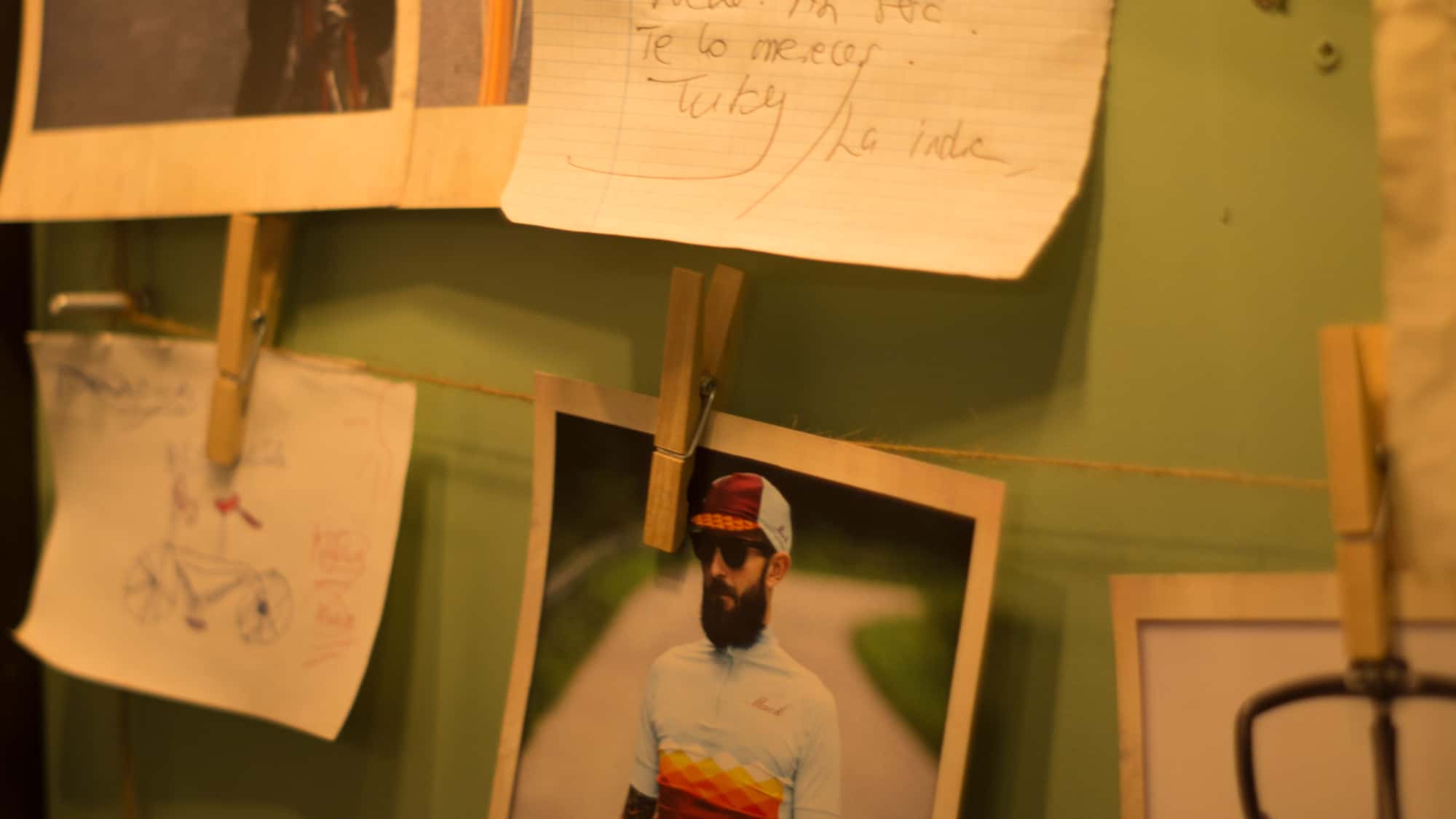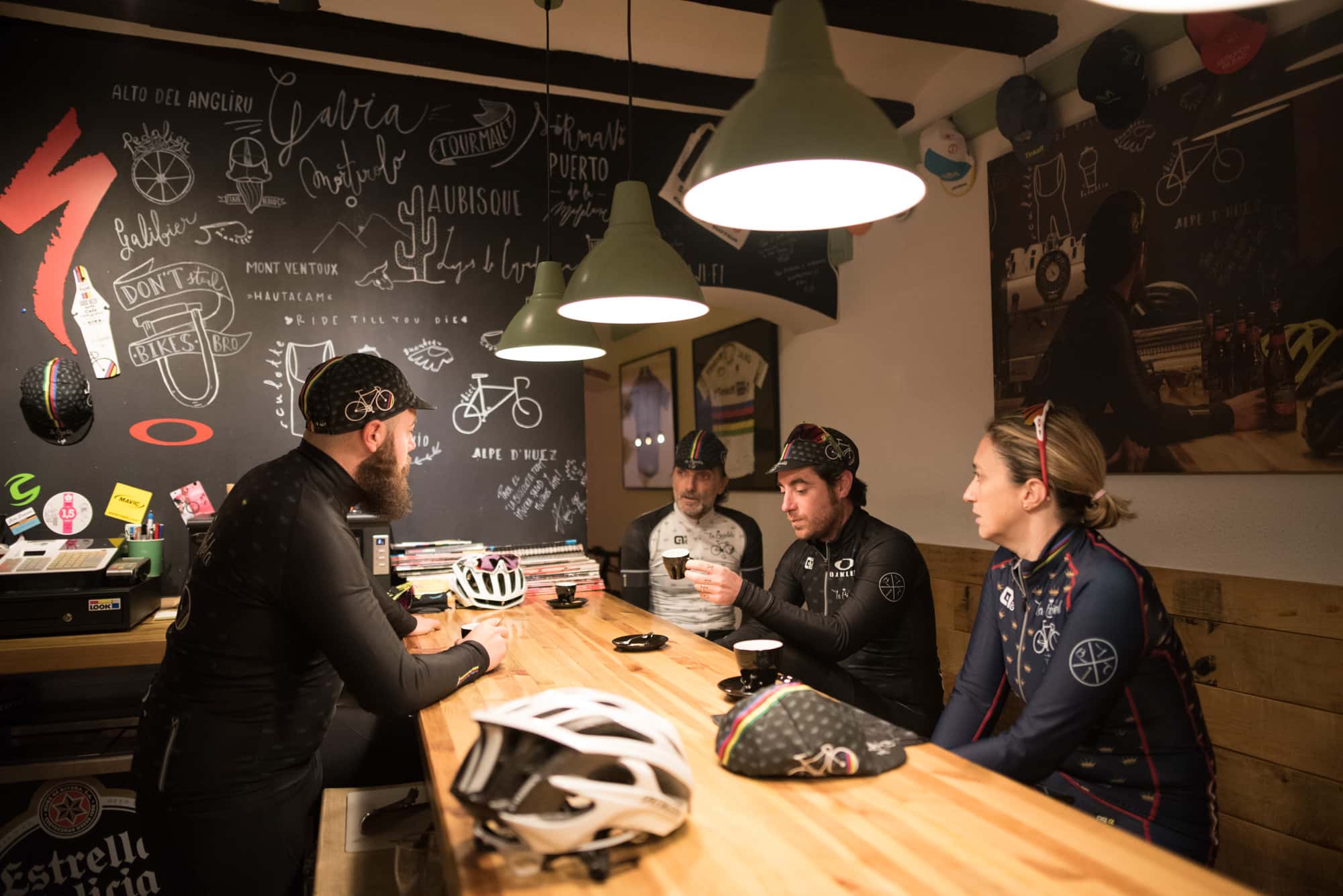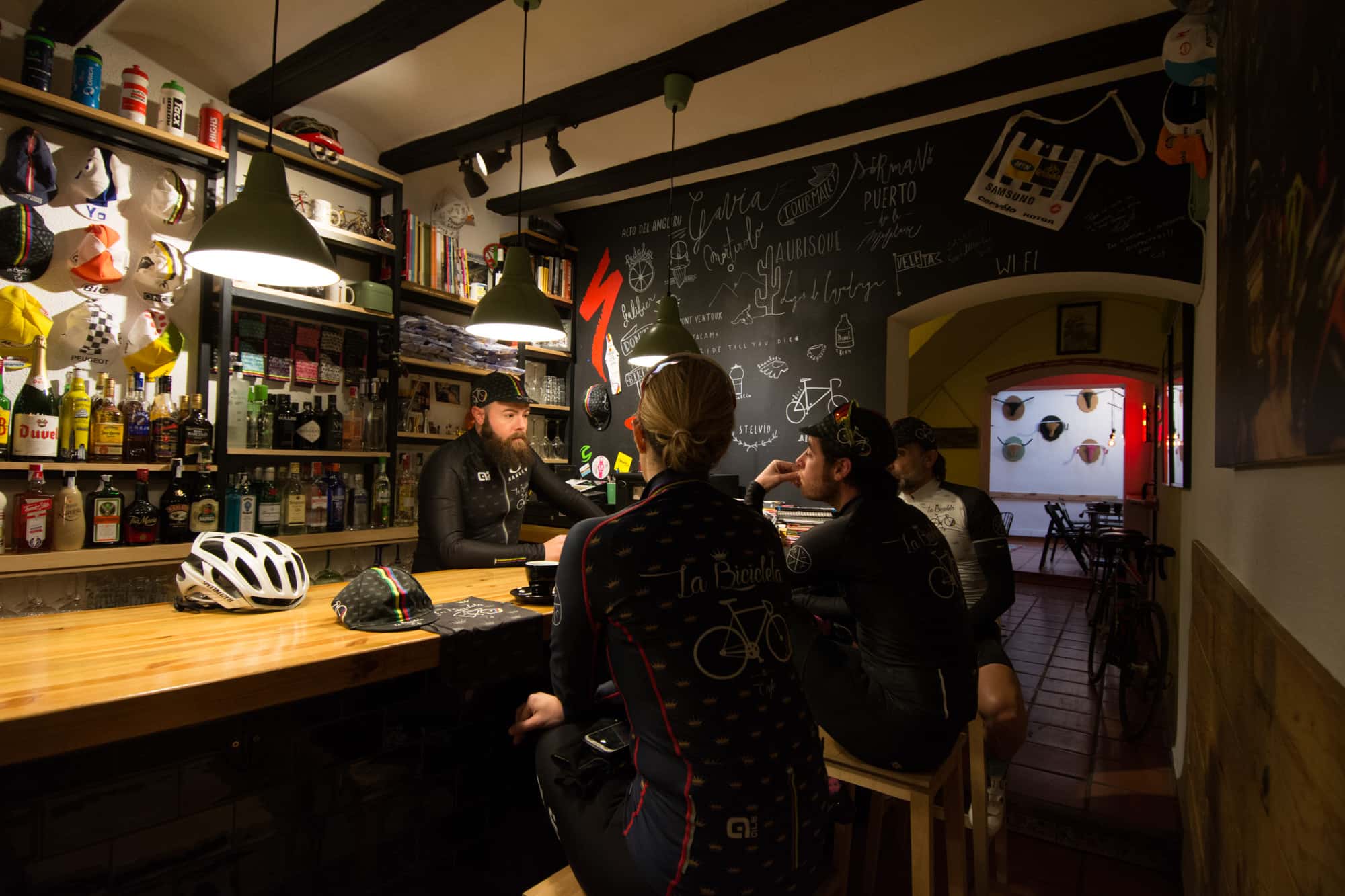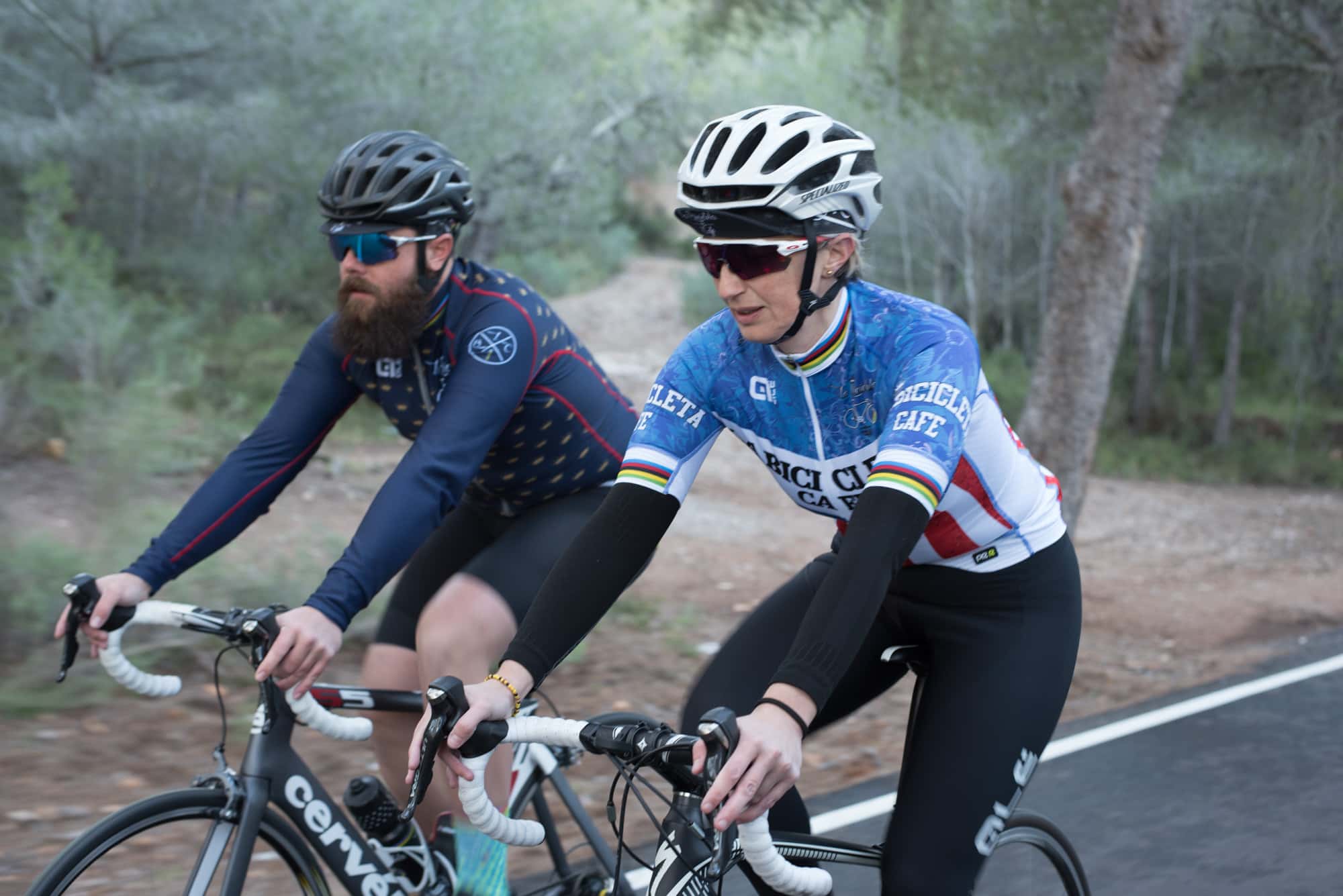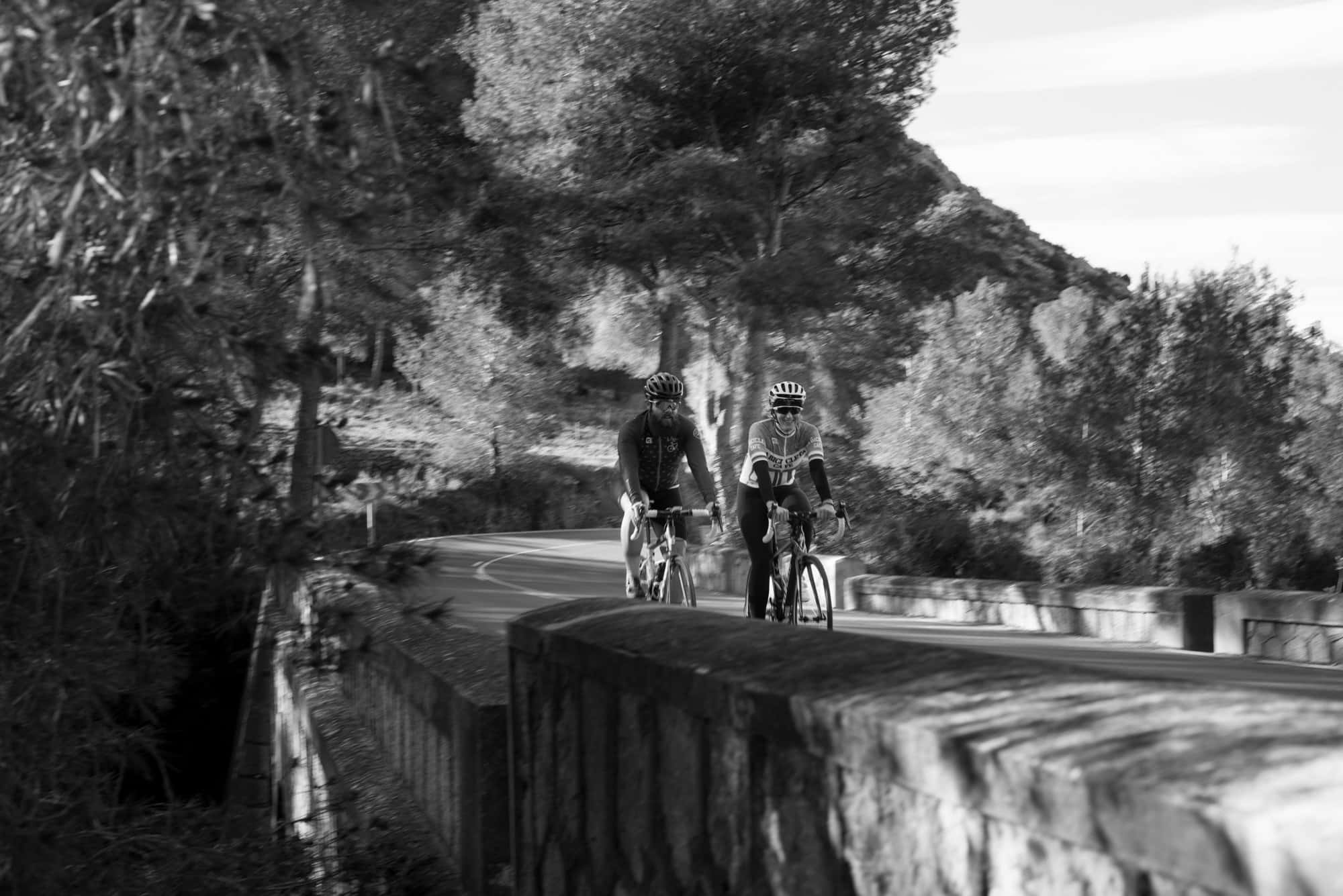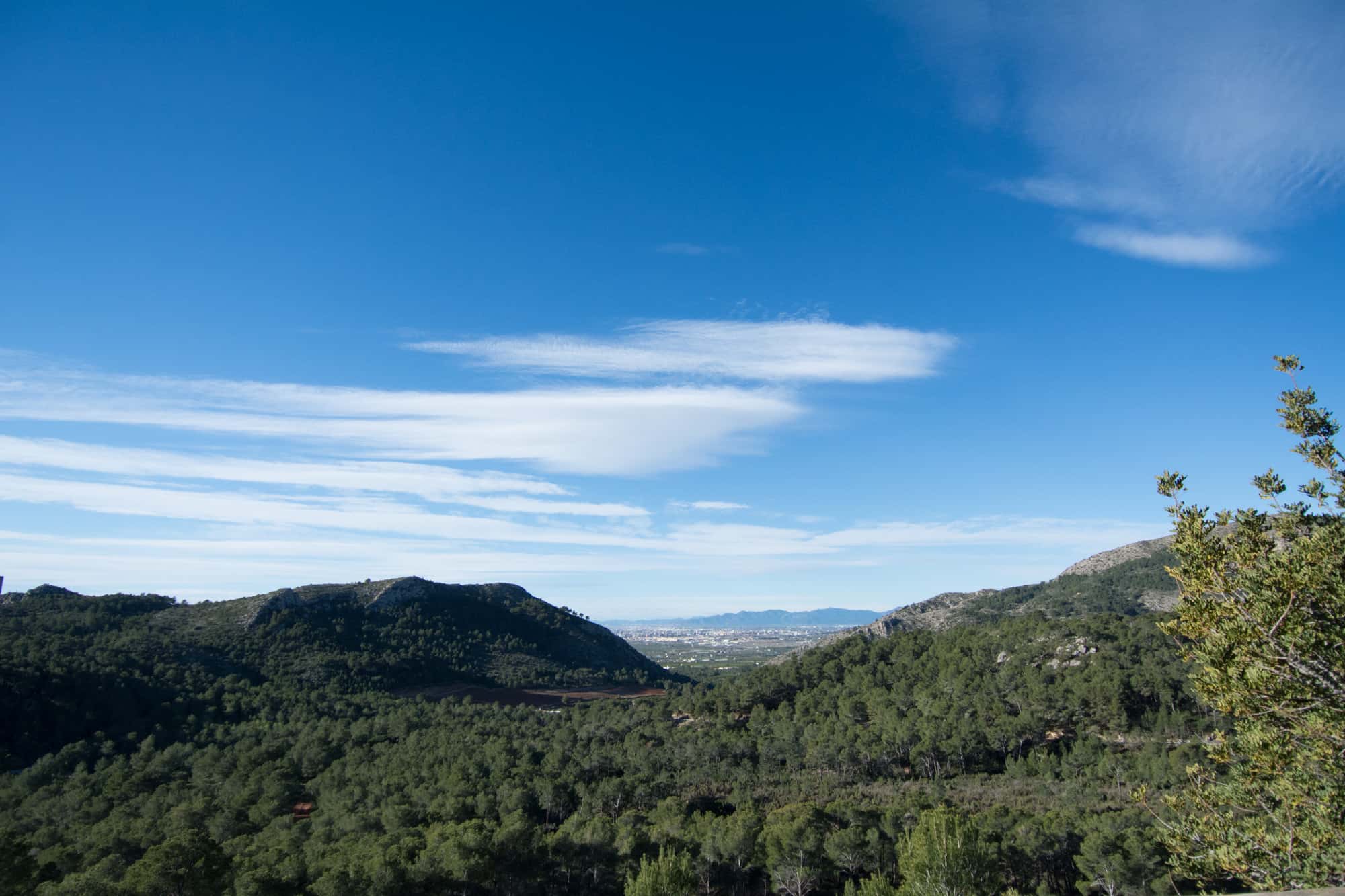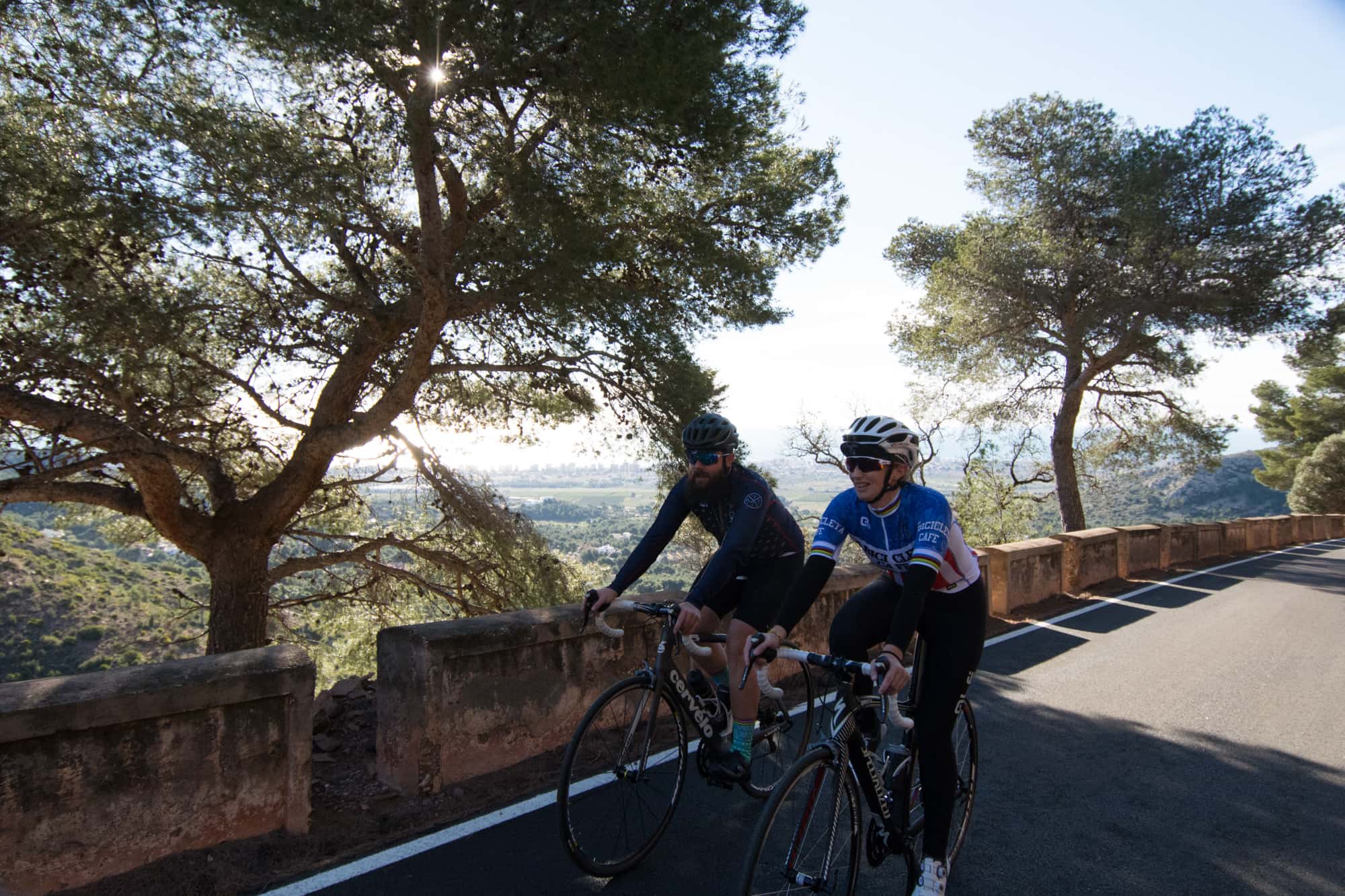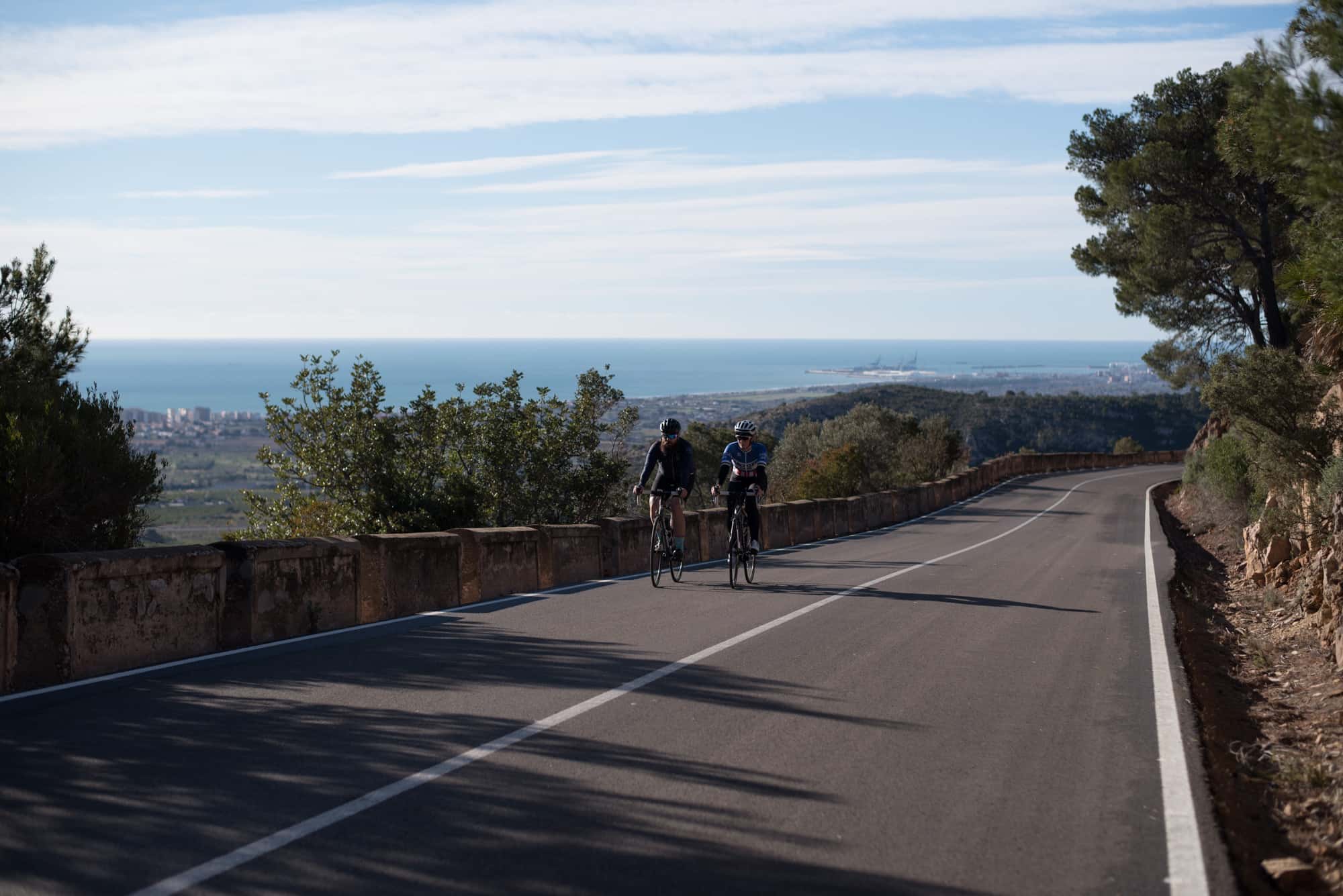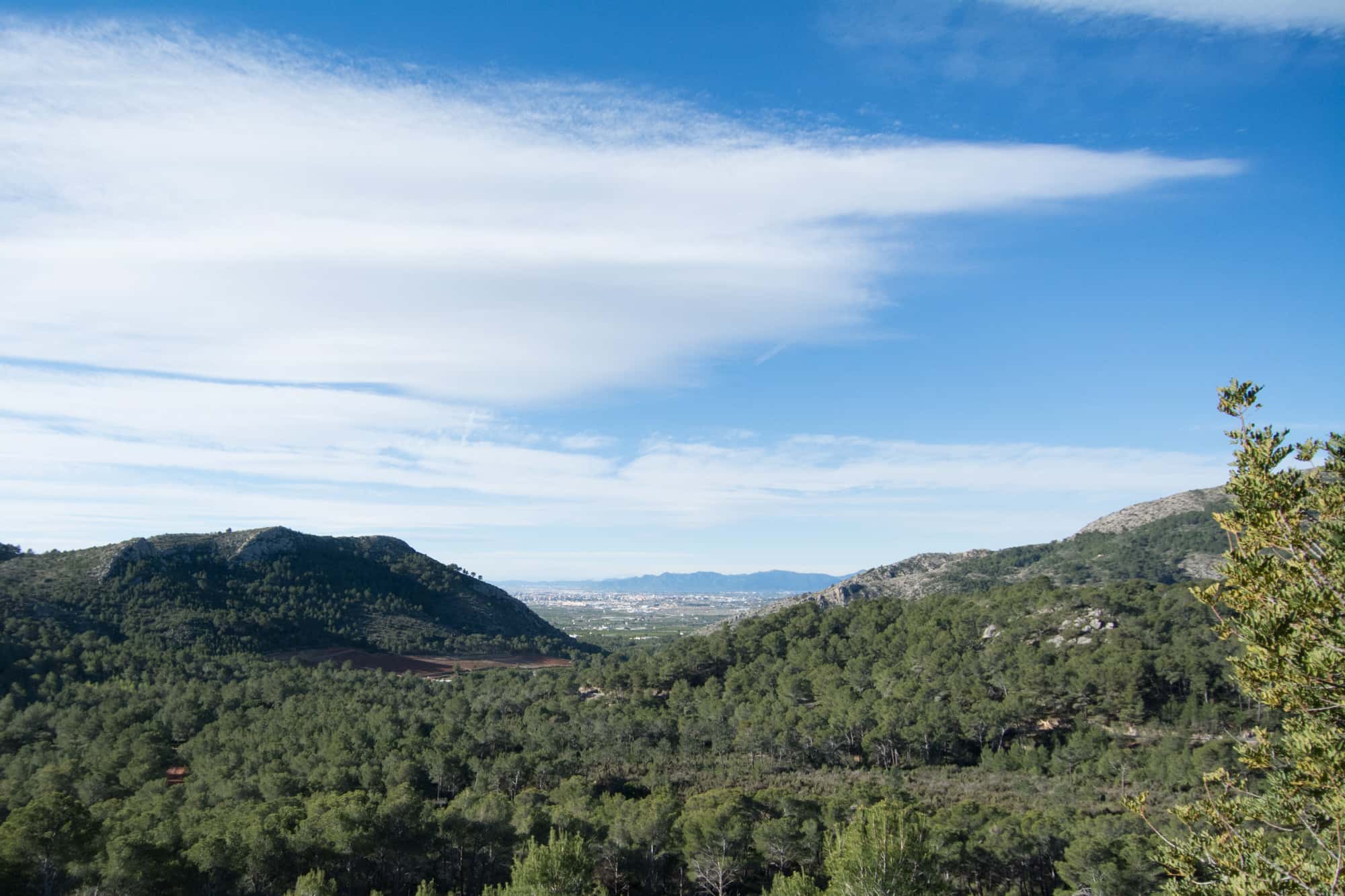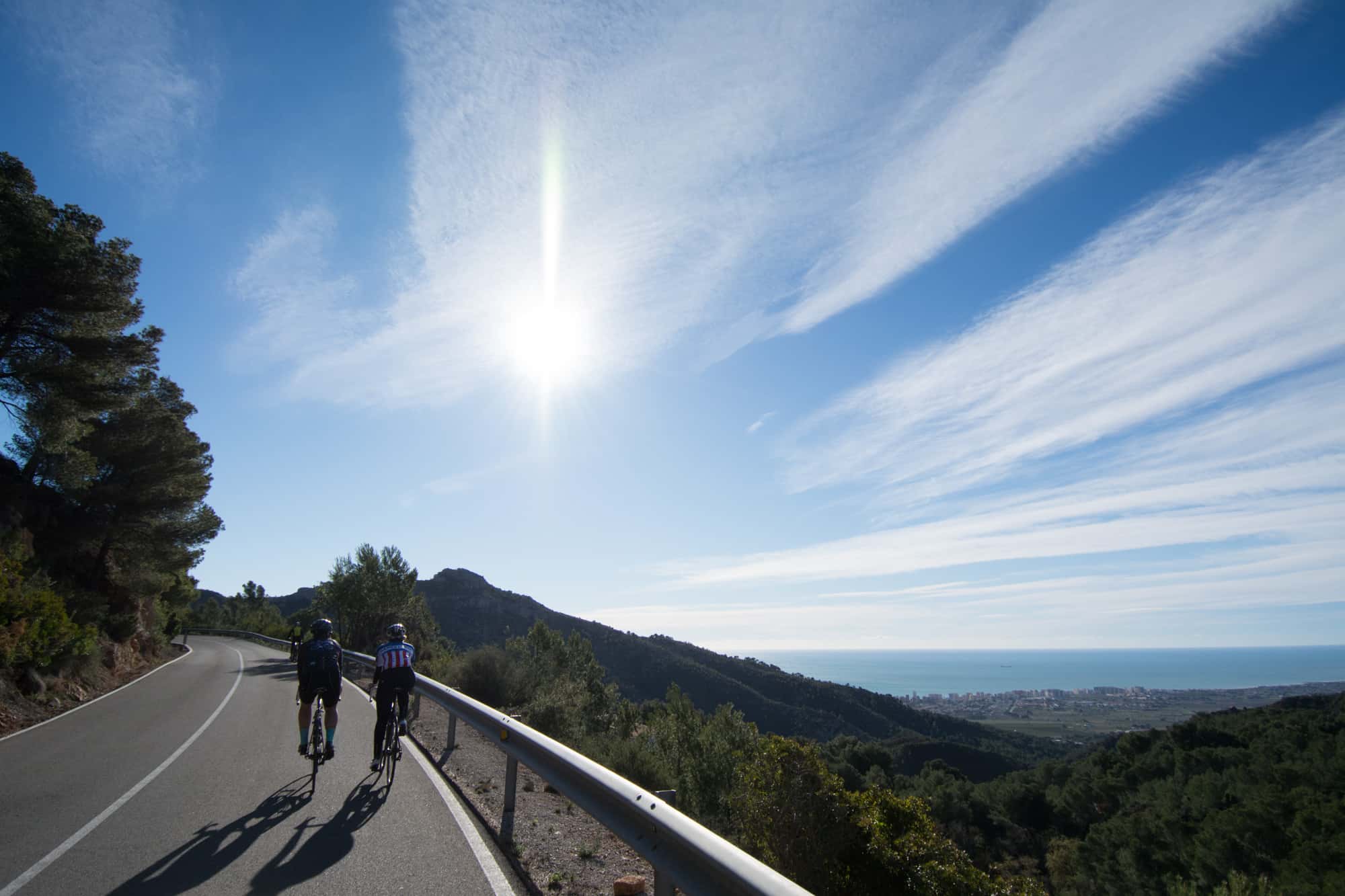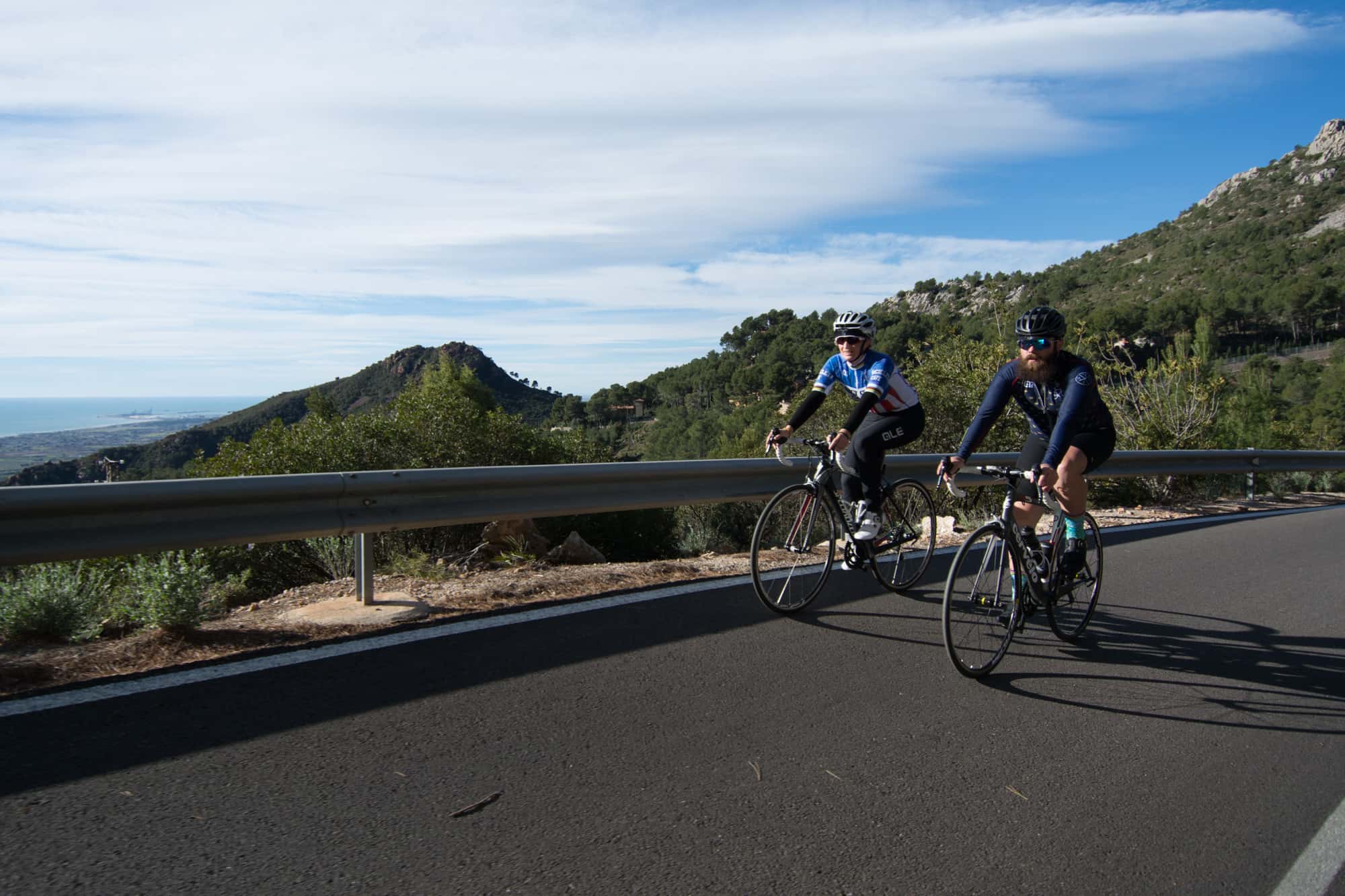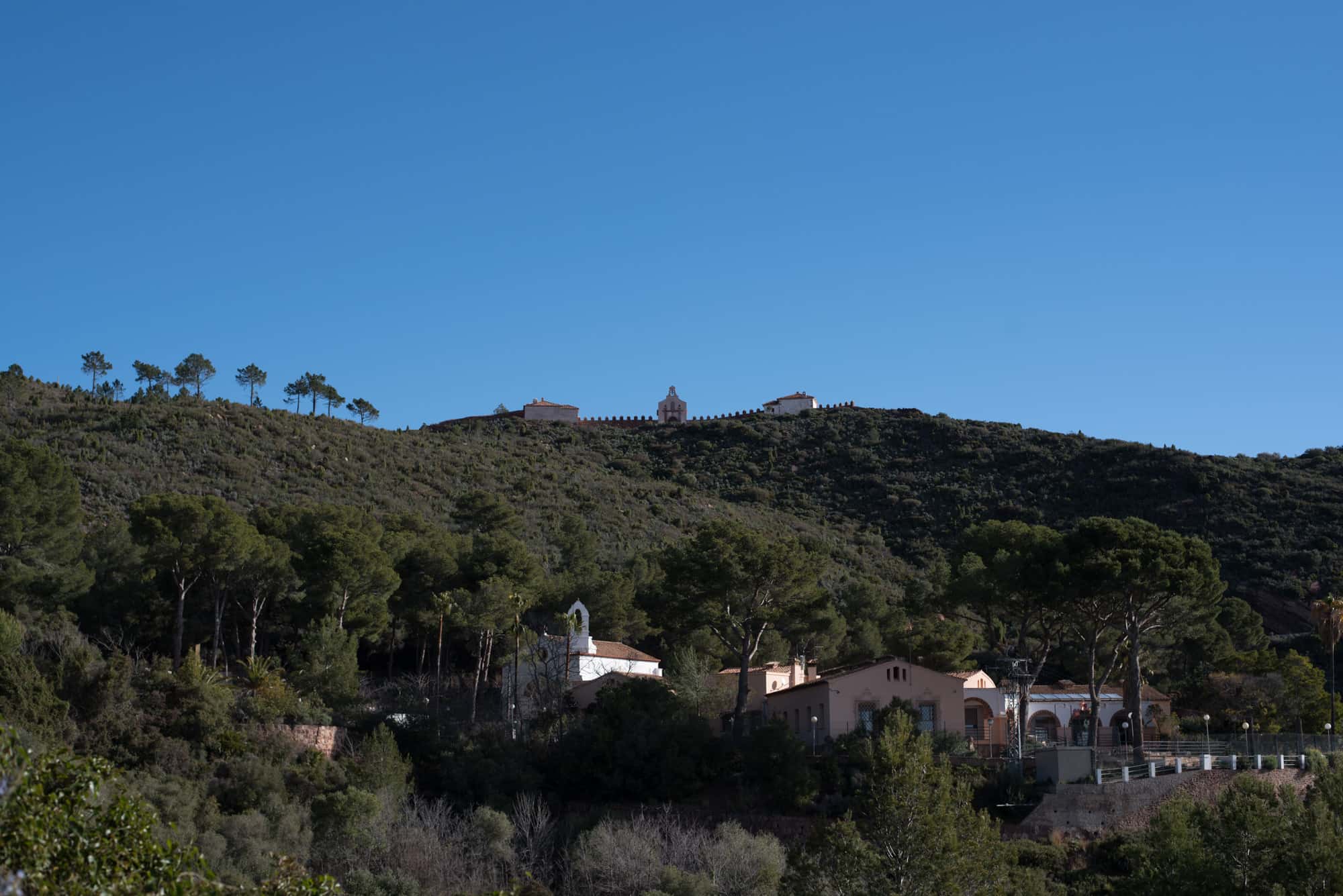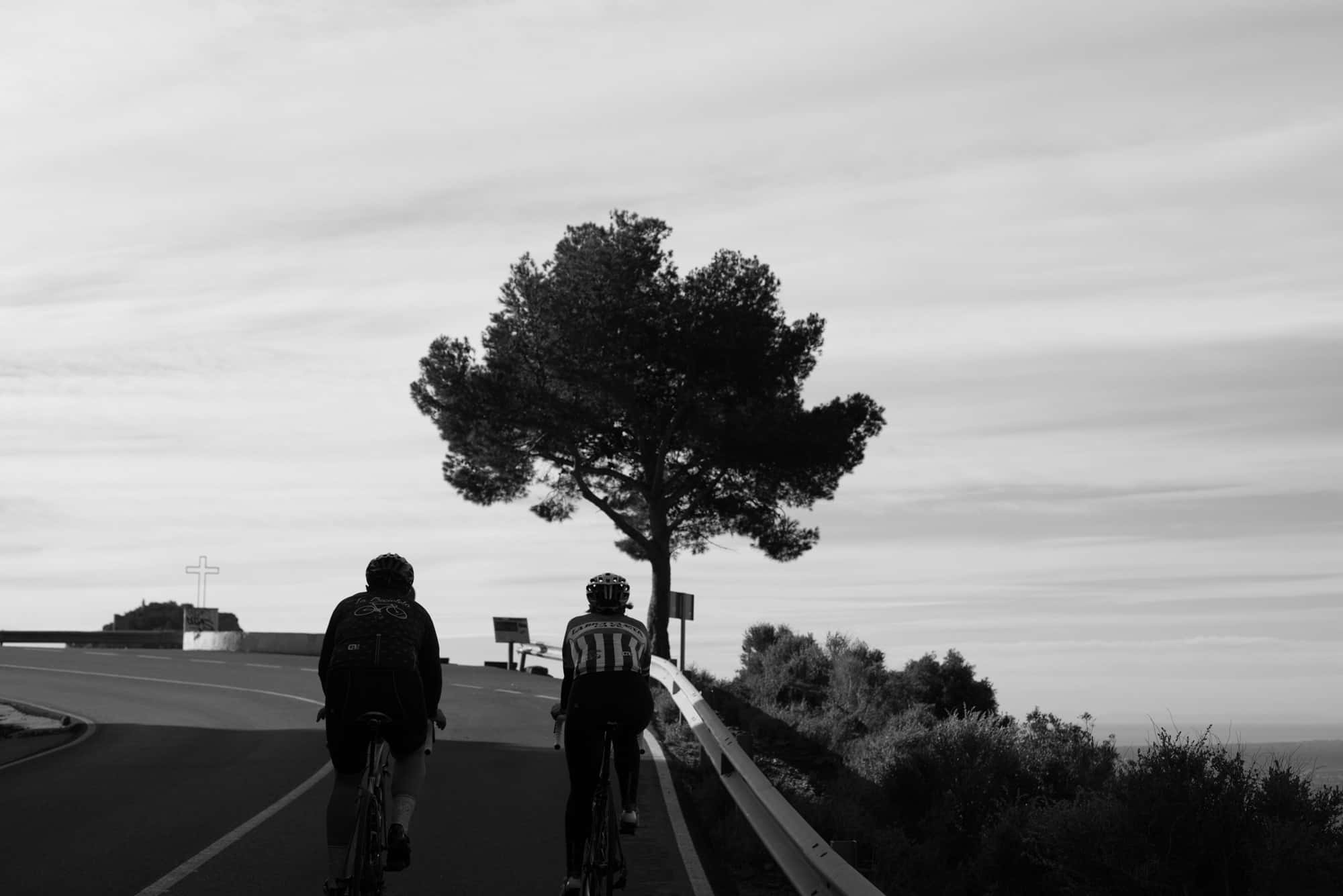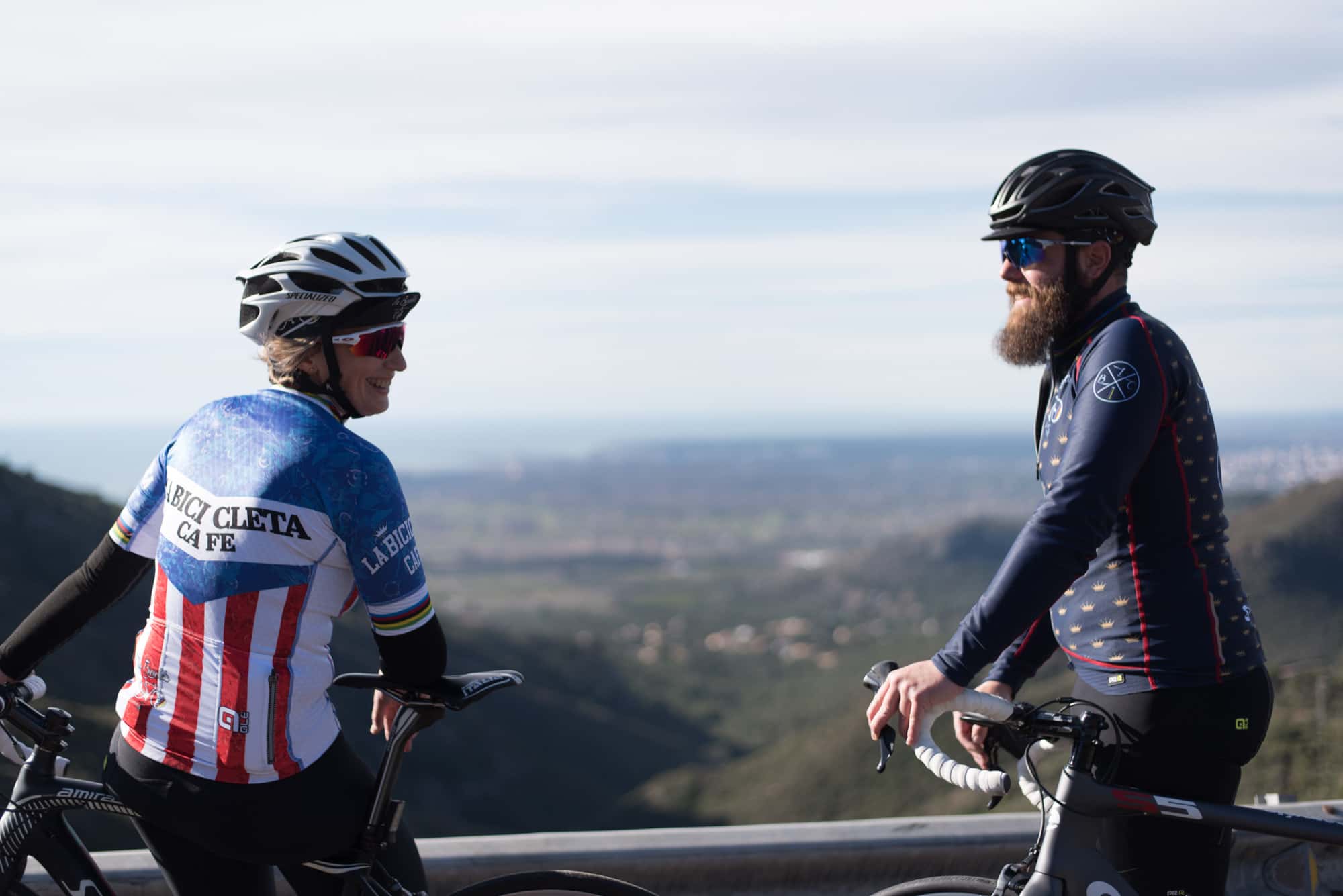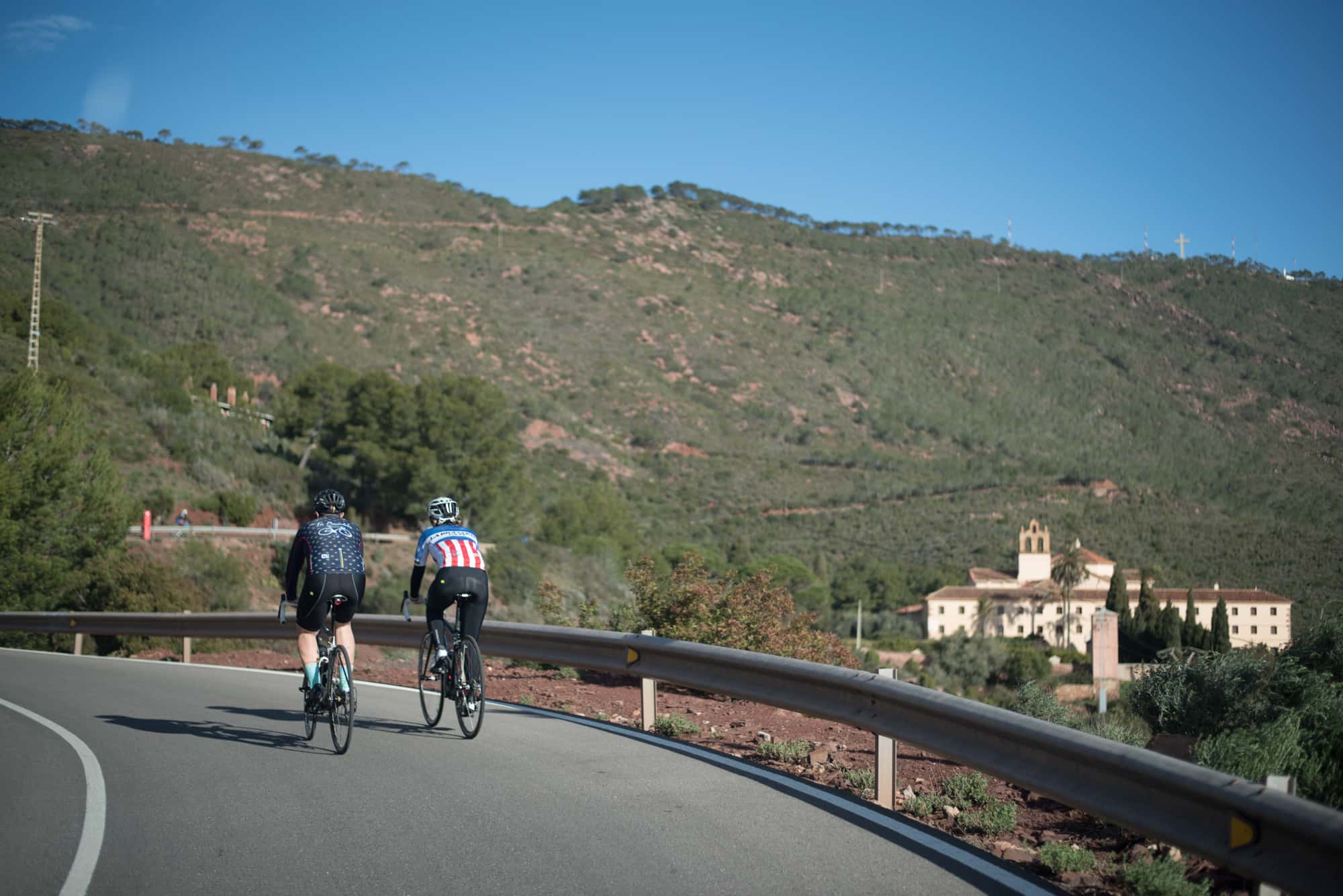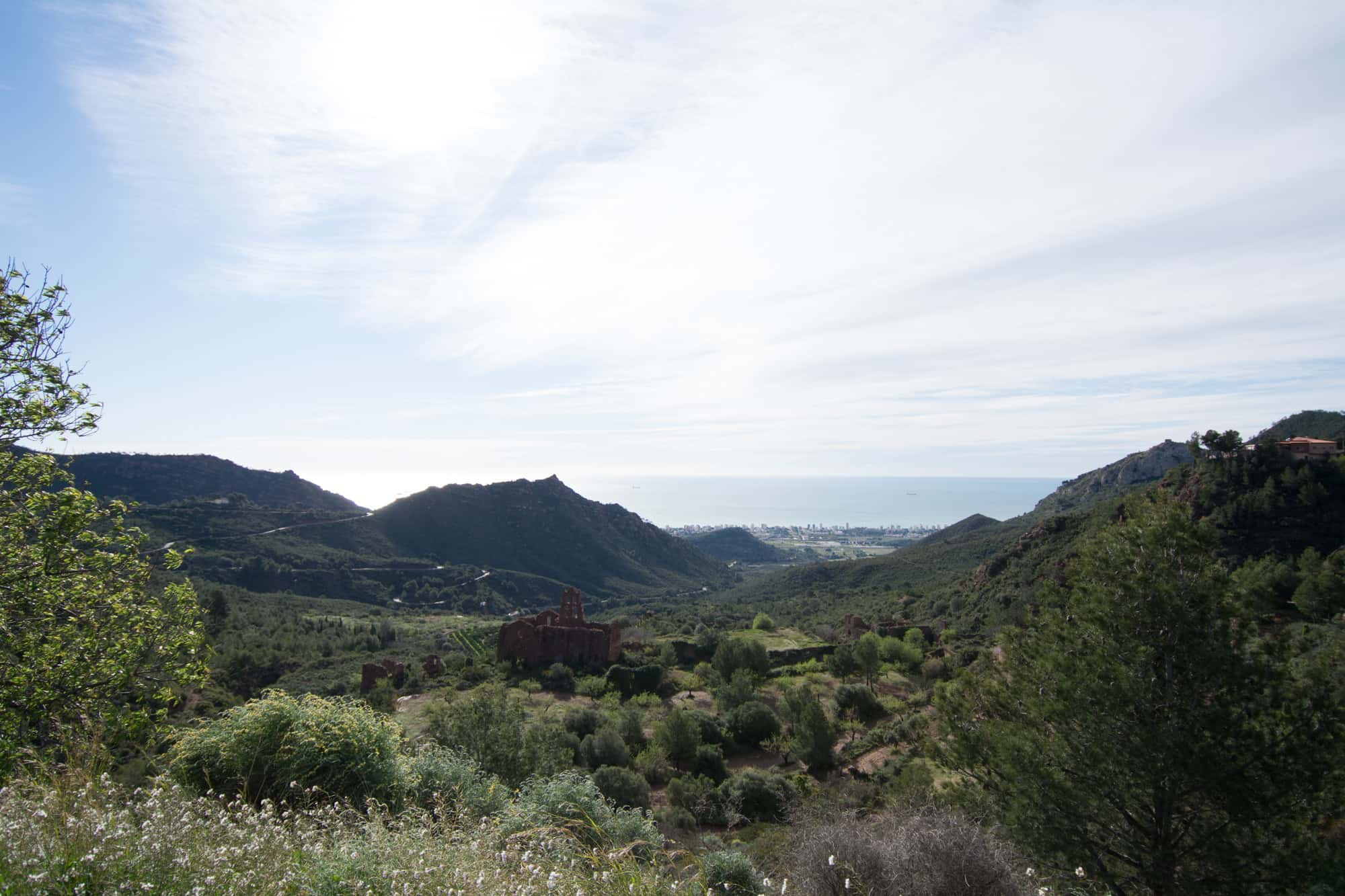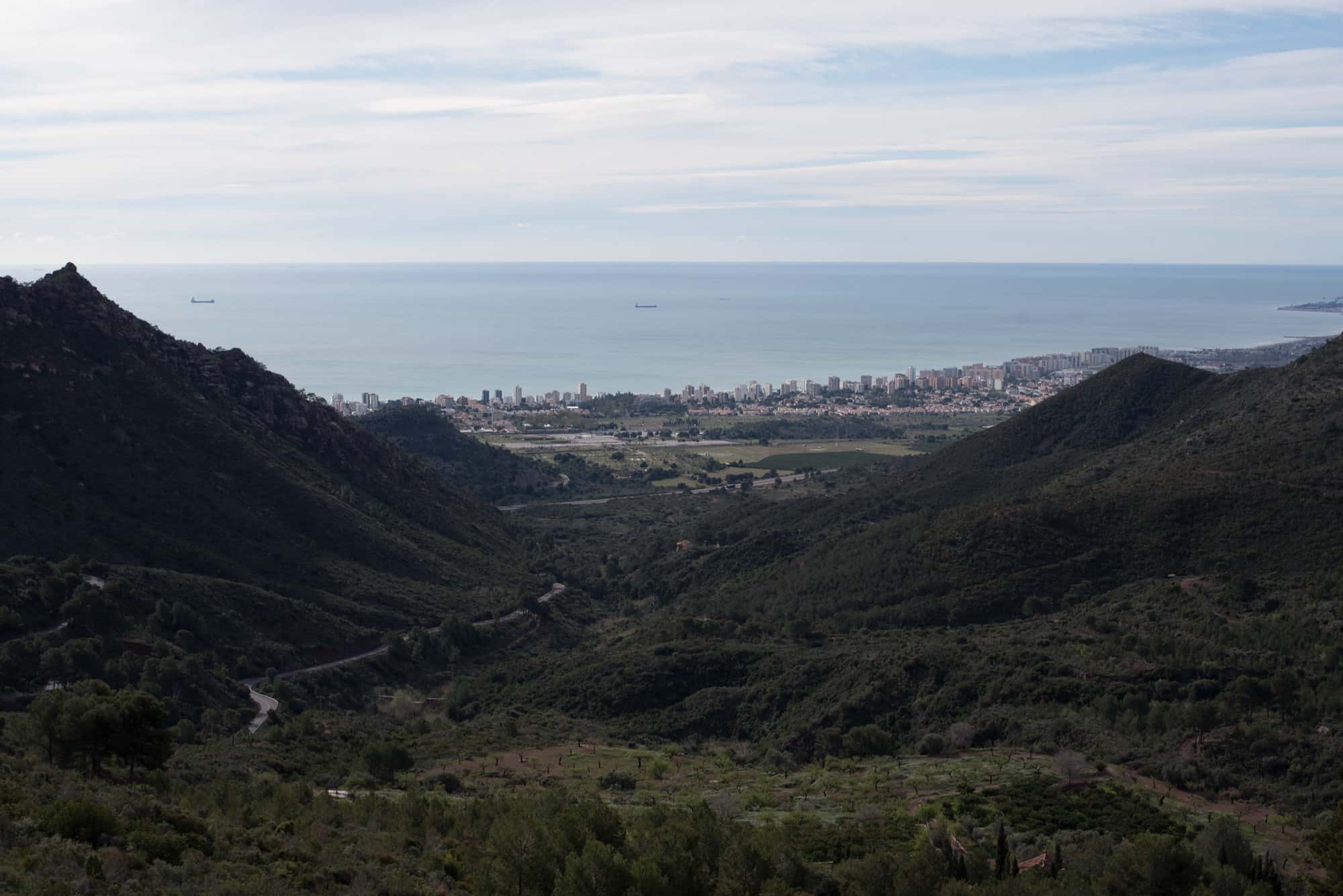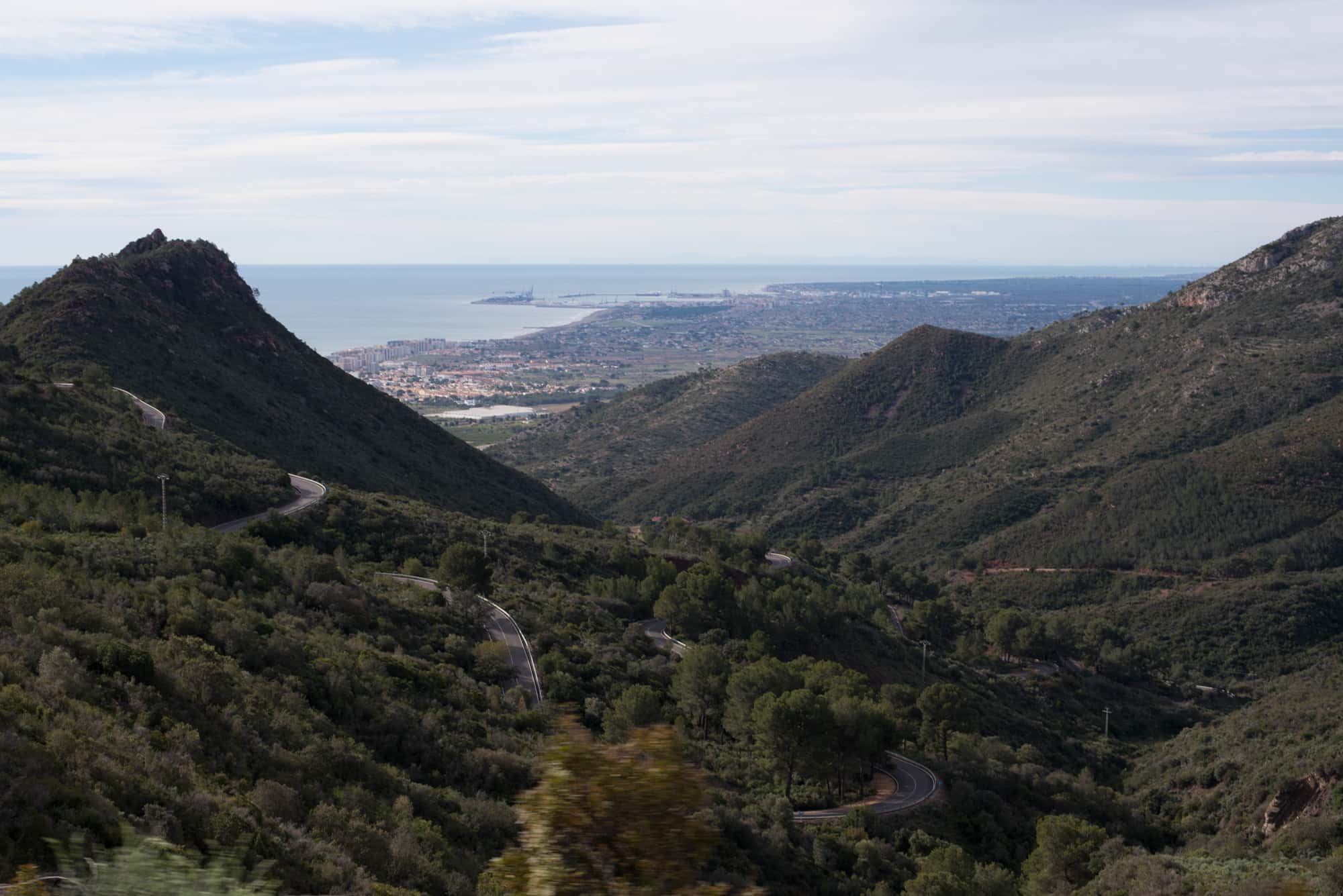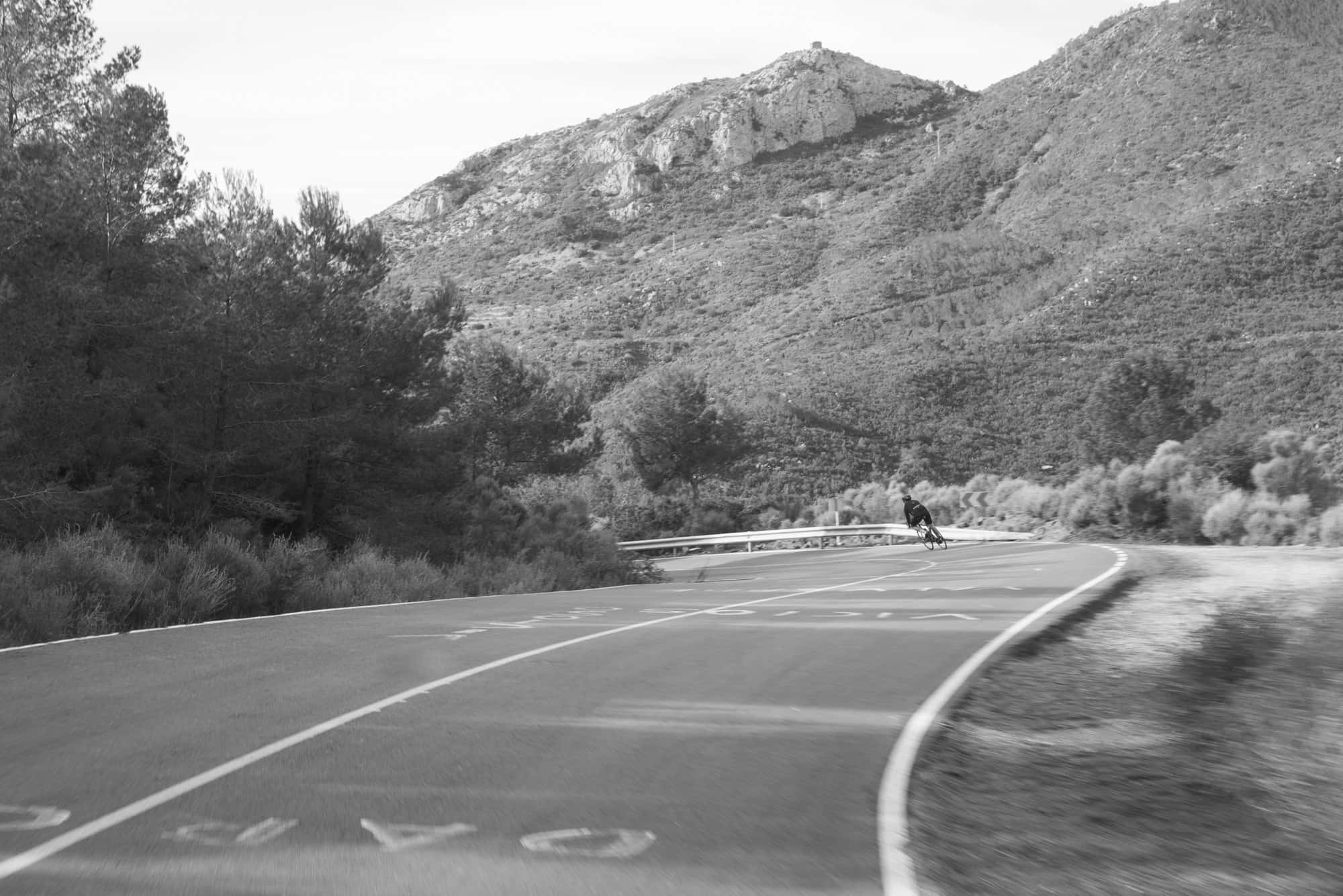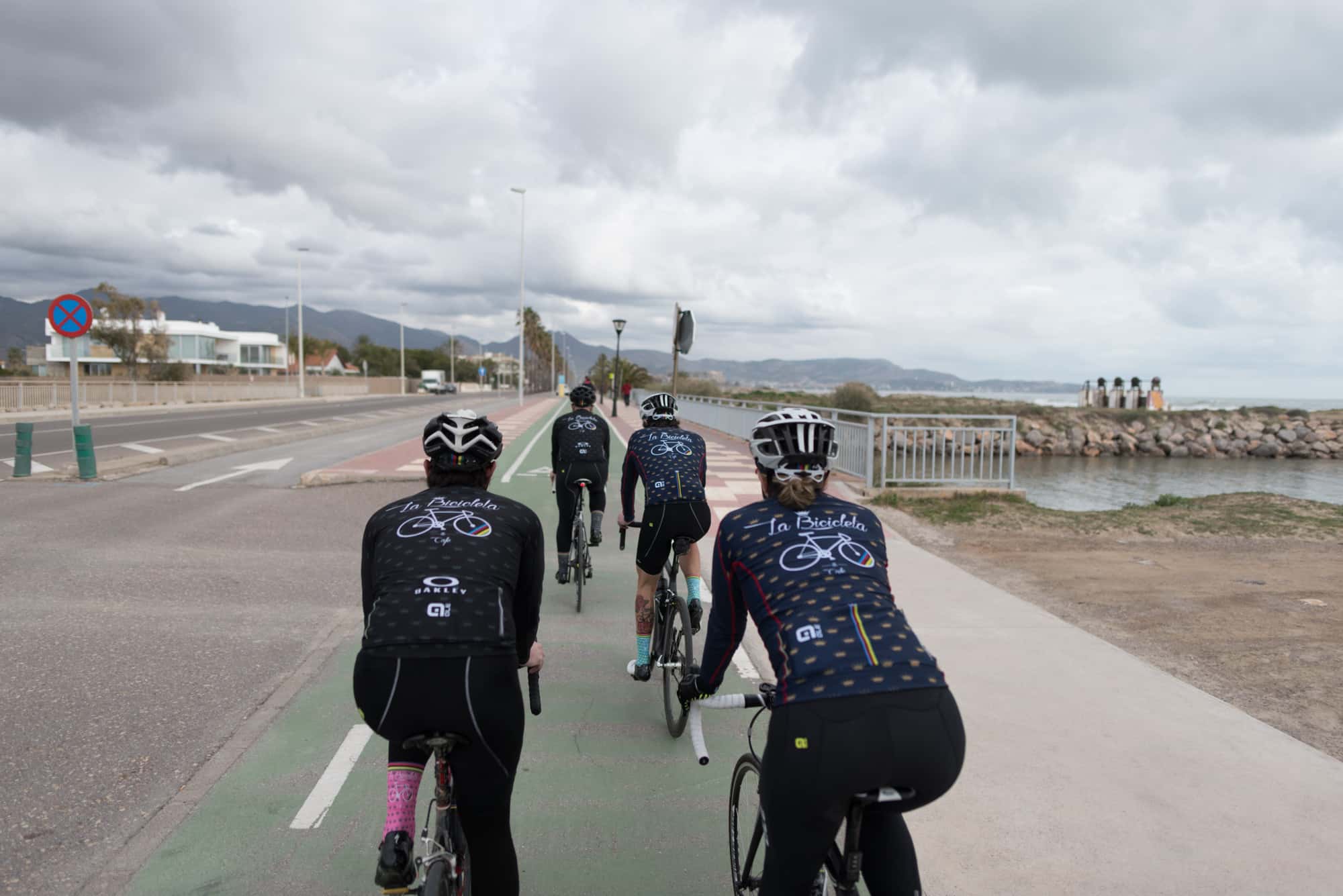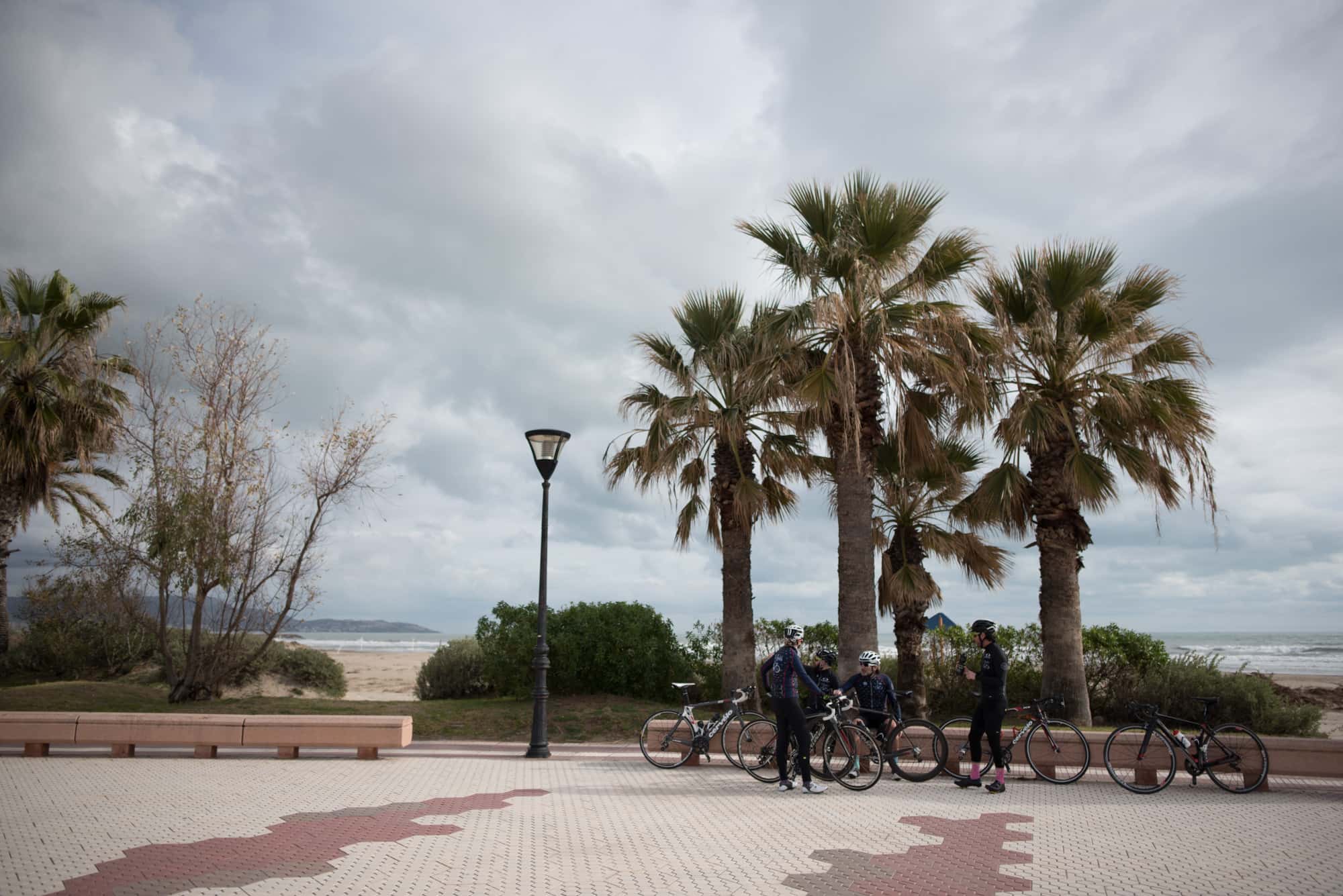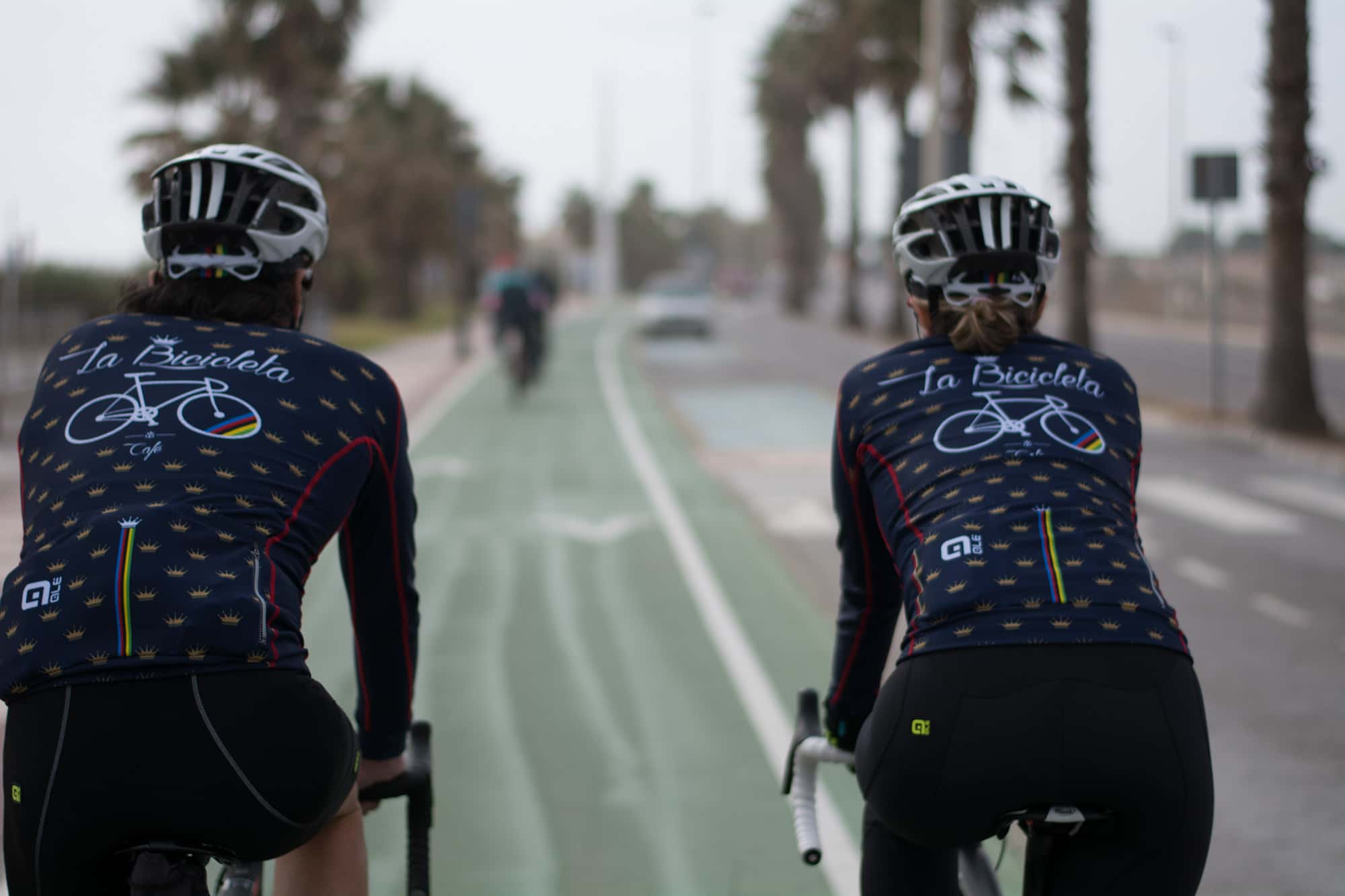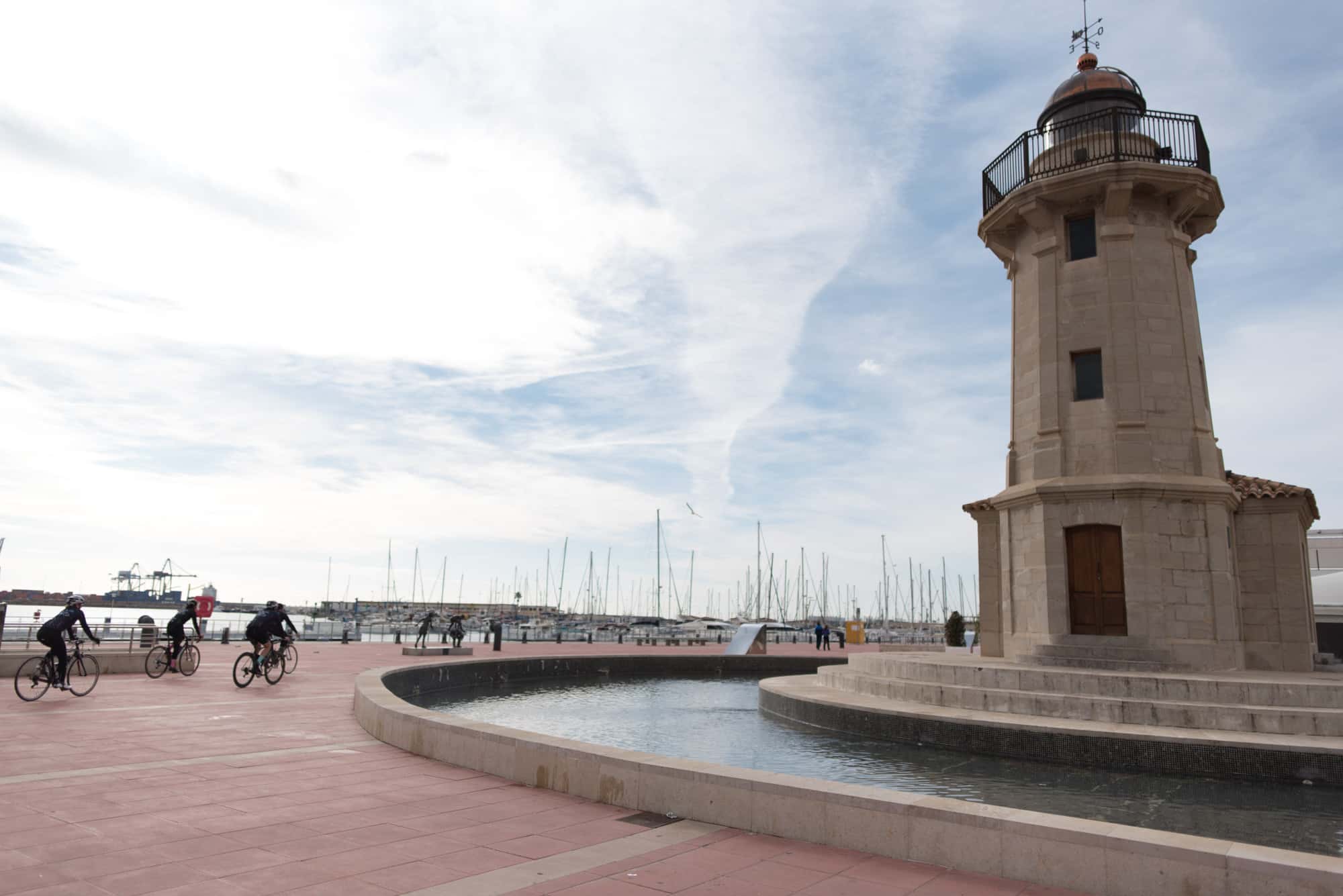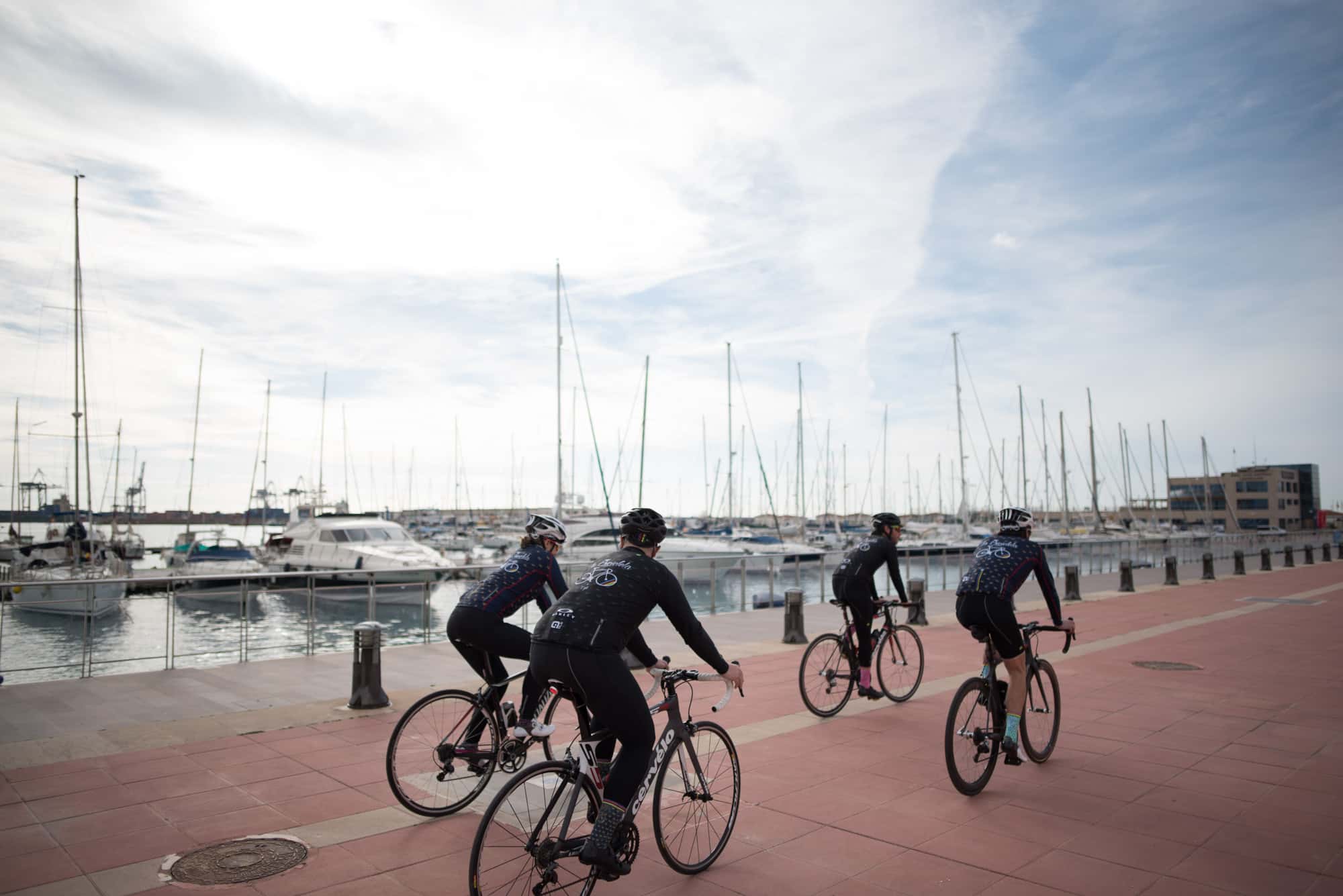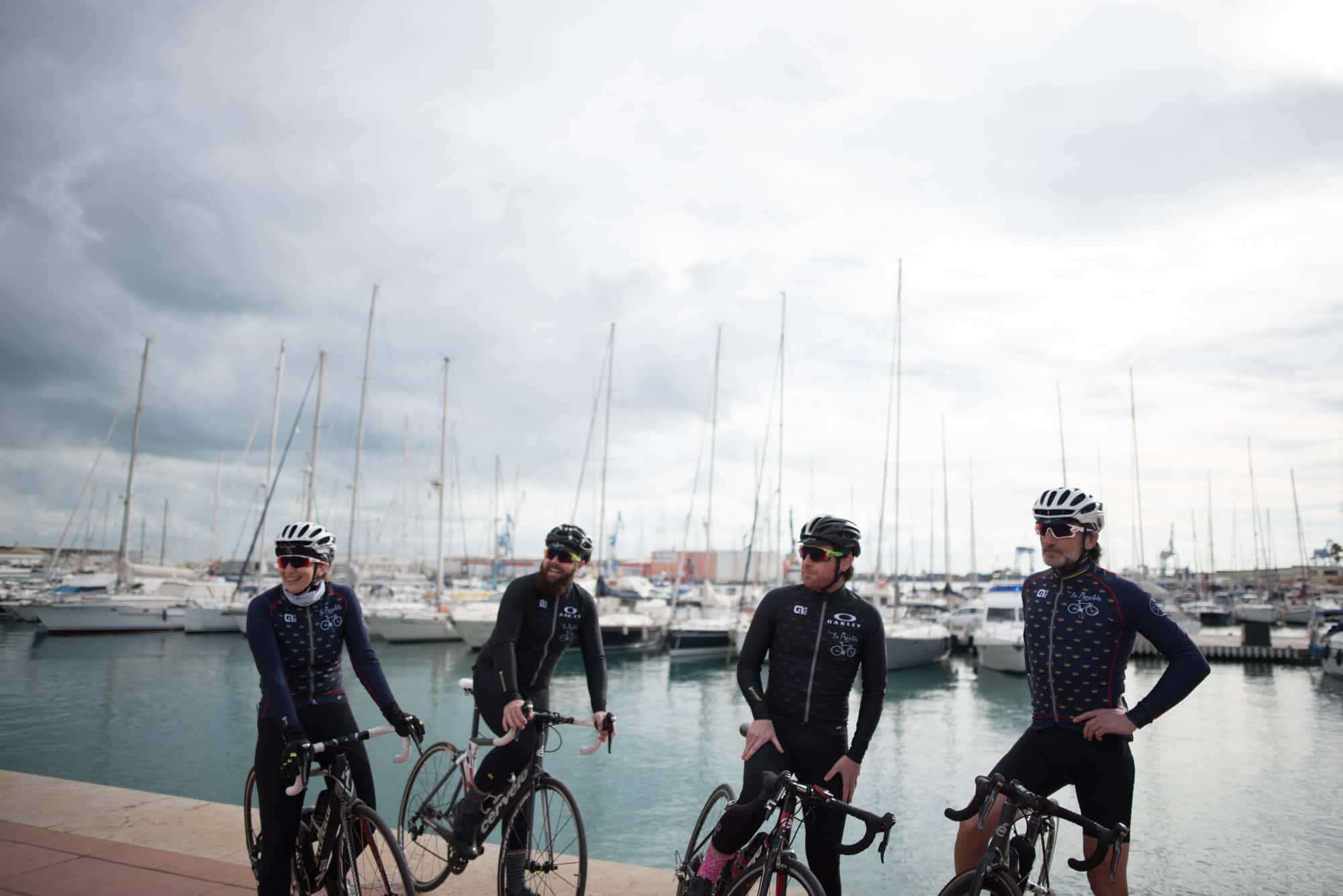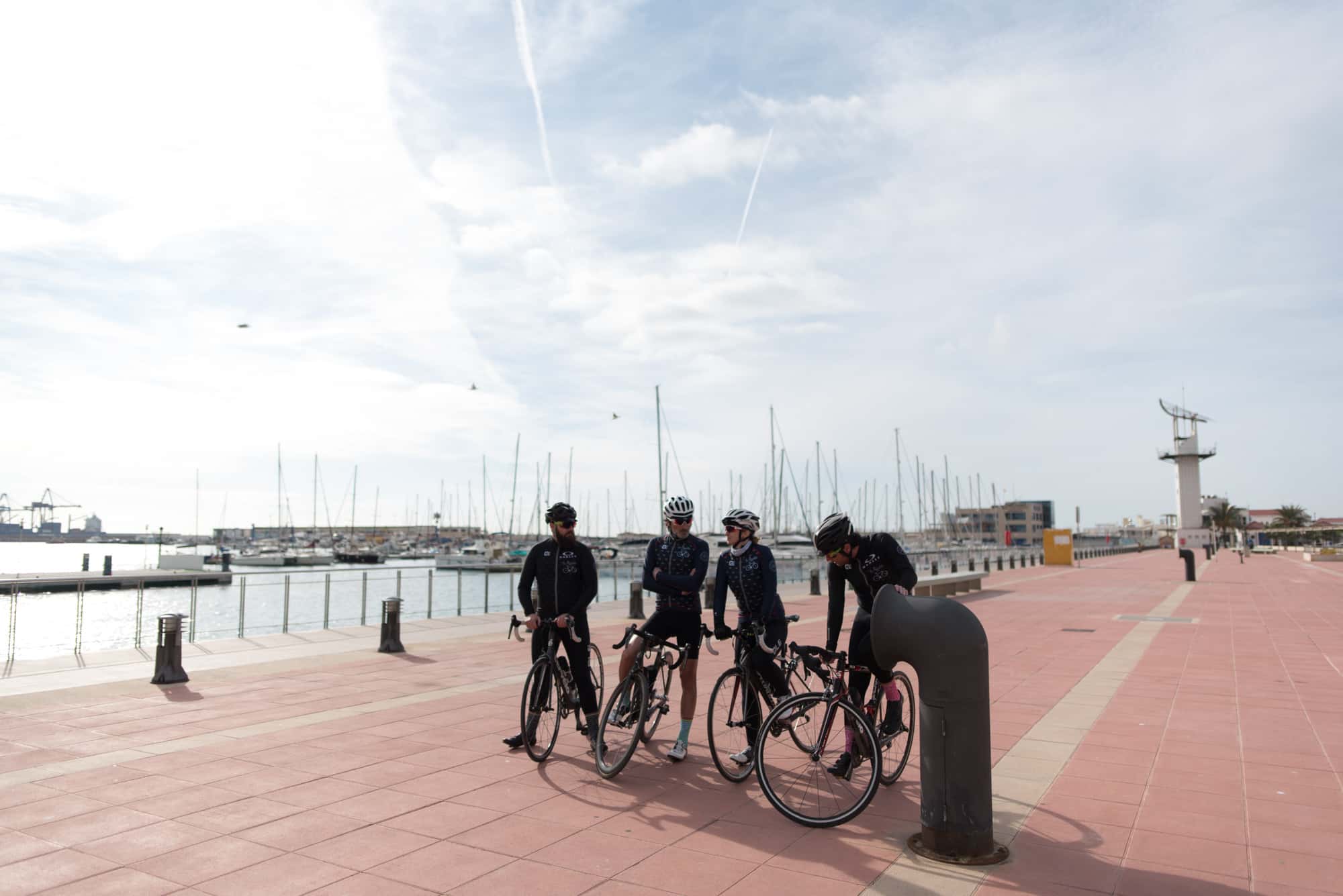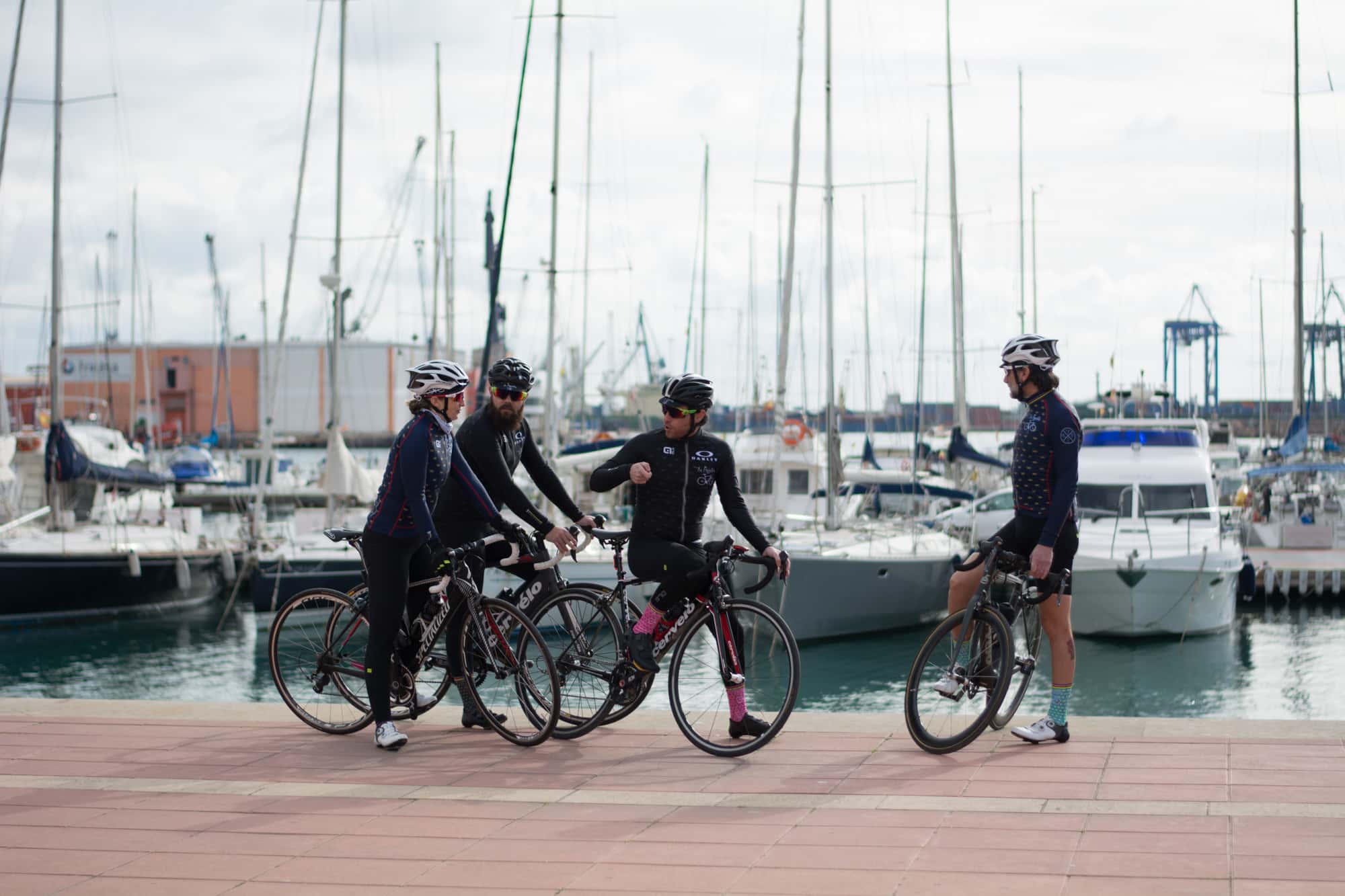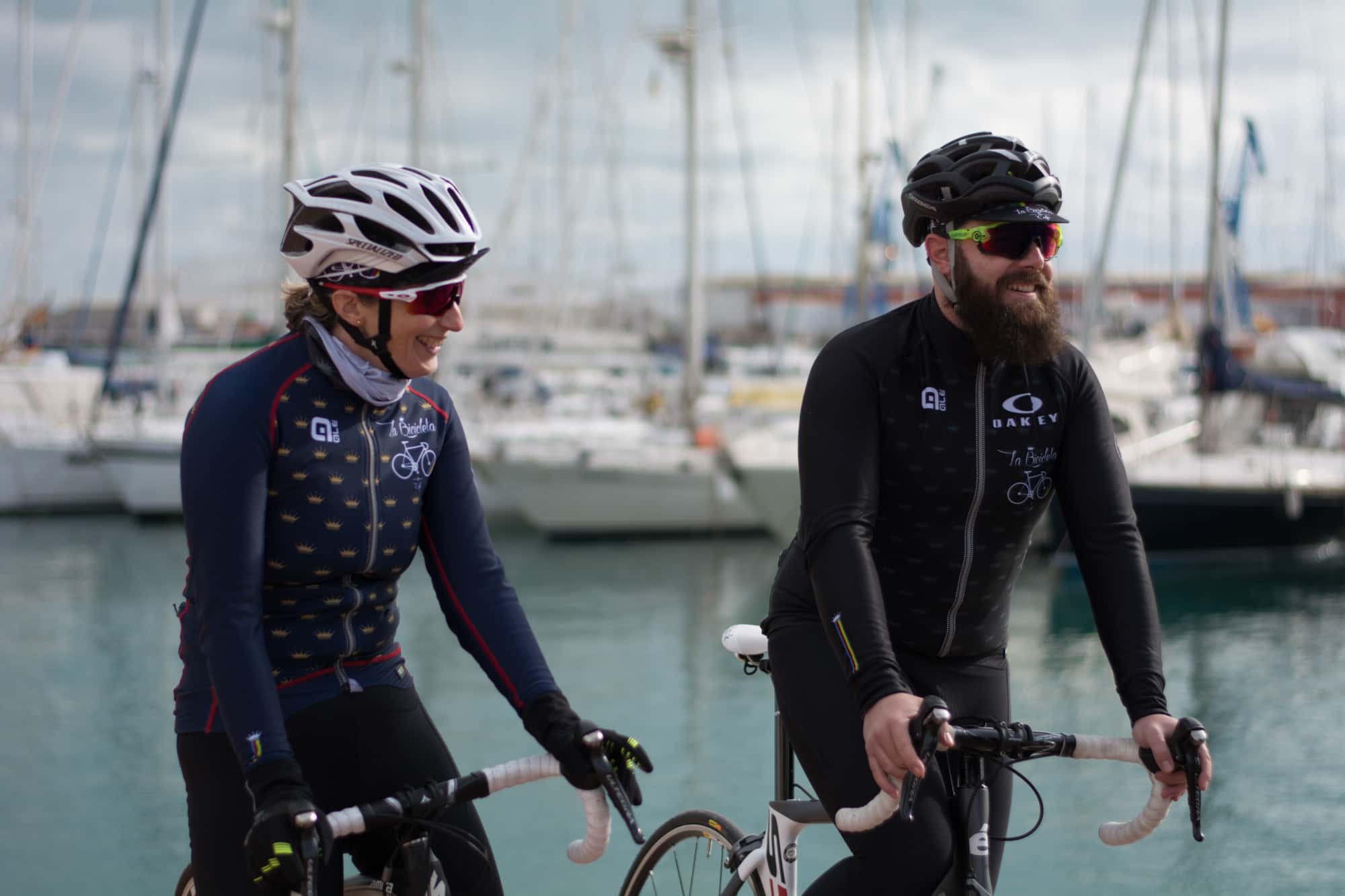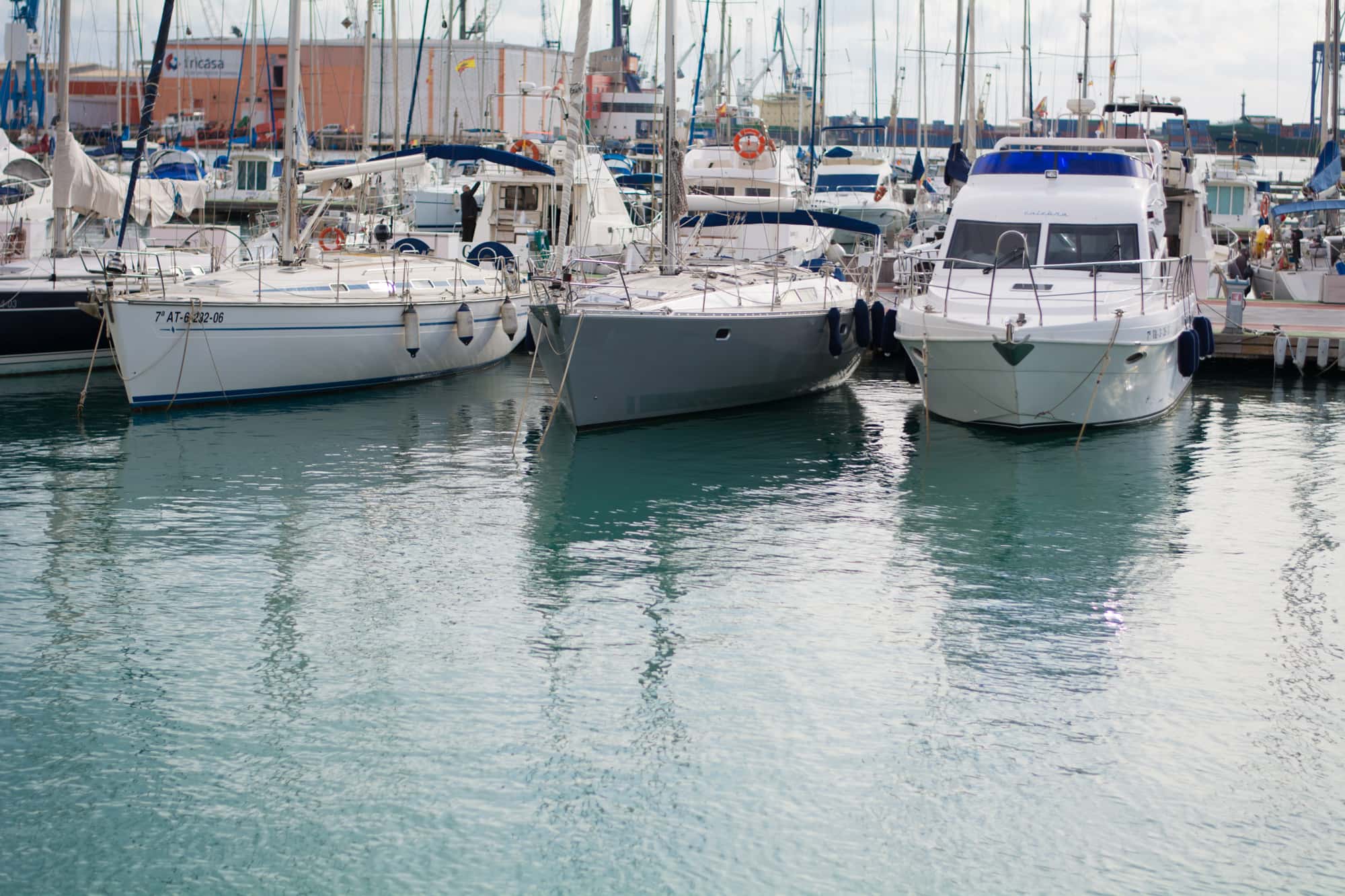Videos
Population
Castellón de la Plana is the capital of the province of Castellón; located between the in-land mountain ranges and the Mediterranean sea, it is currently home to over 170,000 inhabitants. The city was founded in 1253, when the population moved from Cerro de la Magdalena to La Plana, which caused the town's yearly festivities to take the same name: "Fiestas de la Magdalena" (Festival of the Magdalena). After being named capital of the region, its evolution has been constant: going from an agricultural city to a service industry.
To find out about Castellón's origins, we have to go back to the Neolithic period, a time period from which archaeological remains have been found in the Desert de les Palmes natural park. Findings from the Iberian Age have also been discovered, although very few Roman remains have been found, despite the fact that this was a Roman settlement. After having been inhabited by the Muslims, who spread out across the region, we move forward to the Peninsular War, in which Castellón was besieged by French troops. A few years later, before the first Carlist War, Castellón was named as the capital of the province. Due to the invasion of the Carlist troops, a wall was built to protect the town. This remained standing until 1882, which was why it could officially be considered a city. From this moment and throughout the 19th century, Castellón started to experience economic growth due to the growing and exporting of citric fruits and ceramics. The city grew that much that the church was torn down to be able to build there. It was not until the 40s that the Santa María church was built again. Along with the current cathedral, there are numerous monuments, both religious and civil, which can be visited in Castellón, and it also has admirable natural spaces. Its beaches, the Columbretes Islands just a few kilometres from the coast, its natural landscapes such as the Desert de les Palmes natural park and the Magdalena chapel... all of which make for a natural heritage that should not be missed. In the centre of Castellón you can also visit the Episcopal Palace, which was built in a neoclassic style in the 18th century; this same year the basilica of Nuestra Señora de Lledó, known for its baroque style, also started to be built. In front of the cathedral stands "El Fadrí", a bell tower which was started to be built in the 15th century in a Gothic Valencian style. In the centre of the city you can also find the "Lonja del Cáñamo", an 18th century baroque building which is currently used as a cultural centre.
But it is not just the heritage that will make you fall in love with Castellón: when you try its rice based gastronomy you will be blown away. We suggest the following places to tickle your taste buds: Restaurante Luisy (calle Pintor Picasso, 10), here you can try the area's most typical home-made, traditional dishes. This is a very popular lunch-time restaurant. If you want to try one of the most typical rice dishes in Castellón, book a table at Restaurante Mediterráneo (paseo Buenavista, 46); there speciality is "arroz a banda". To try the freshest seafood, be recommend Tasca el Puerto (Avenida del Puerto, 13), a benchmark for marine cuisine.
There are also limitless accommodation options in Castellón, therefore we will give you our recommendations. Next to the train station you will find the fairly budget-friendly Hotel Luz Castellón (calle Pintor Oliet, 3). For a slightly more affordable option next to the port, you could stay at NH Castellón Turcosa (Treballadors de la mar, 1). For roughly the same price, the Hotel del Golf Playa (Avenida Golf, 2) has sea views and is perfect for a family trip.
Points of interest in the area
Catedral de Santa María: this cathedral was built in the 13th century, knocked down in 1936 and was not build again until 1940 in a neo-Gothic way.
- Episcopal Palace: by order of the bishop, this started to be built in the 18th century in a neoclassic style.
- Basilica of Nuestra Señora Lledó: this dates back to the 18th century and was built in a baroque way on top of old temples.
- El Fadrí: the bell tower opposite the Santa María cathedral, unlike the cathedral, this has a Valencian, Gothic style.
- Lonja del Cáñamo: an 18th century baroque building which is currently used as a cultural centre.
Route
If you are new to the world of cycling and you are not yet prepared for overly difficult route, Castellón has the perfect route for you. This circuit of less than 40 km will take you from the inside of Castellón to the north, where you will pass through both the mountainous roads of the Desert de les Palmes natural park and the seafront promenade that links Benicàssim to the port of Castellón. We leave Castellón in the direction of Avenida del Castell Vell, we will keep on this road for 7 km on a flat section some 25 m above sea level. Once you take the Carretera del Desierto road, you will climb this route's only mountain pass whose slopes are not too steep. A few kilometres after starting to incline, you will inside the Desert de les Palmes natural park, here the road becomes more irregular and bumpy. The mountain pass is almost 9 km long and passes through the inside of the natural park. You will get to the top at kilometre 15.6, at less than 500 m above sea level. The downhill section will take you through part of the natural park until you leave towards Benicàssim, where the road stops being so irregular and flattens out next to the sea front promenade. At just 5 m above sea level, the Avenida Ferrandis Salvador will take you back to the starting point where you will be able to relax and get ready for the next route.
Points of interest along the route
Castellón de la Plana (Km 0): the route's starting point. The capital of the province of Castellón, with more than 170,000 inhabitants and a great civil, religious and natural heritage.
- Desert de les Palmes (km 10.4-21.5): A natural park formed by a coastal mountain range which runs parallel to the coast. This has a vast expanse of vegetation and a wide range of species of animals.
- Benicàssim (Km 23.8): a municipality in which 18,000 inhabitants live from the tourism industry, as its population rises to 60,000 during the summer period. Some of the most important events in Benicàssim are the FIB and Rototom music festivals.
Gastronomy
- Restaurante Luisy (calle Pintor Picasso, 10): a typical place to have lunch, with an exquisite home-made menu.
- Restaurante Mediterráneo (paseo Buenavista, 46): specialising in the rice dish "arroz a banda".
- Tasca el Puerto (Avenida del Puerto, 13): considered to be one of the best seafood restaurants.
Accommodation
- Hotel Luz Castellón (calle Pintor Oliet, 3): a hotel next to the train station with modern facilities and décor.
- NH Castellón Turcosa (Treballadors de la mar, 1): an affordable three star hotel with views of the port of Castellón.
- Hotel del Golf Playa (Avenida golf, 2): located on the beach front. This is ideal when travelling with family.

